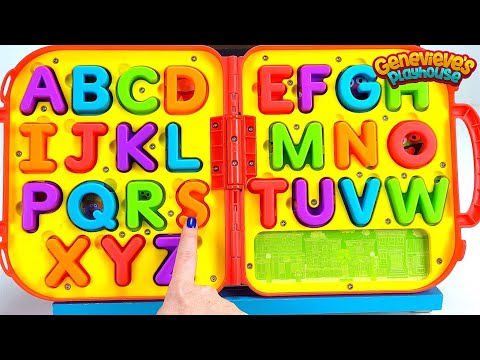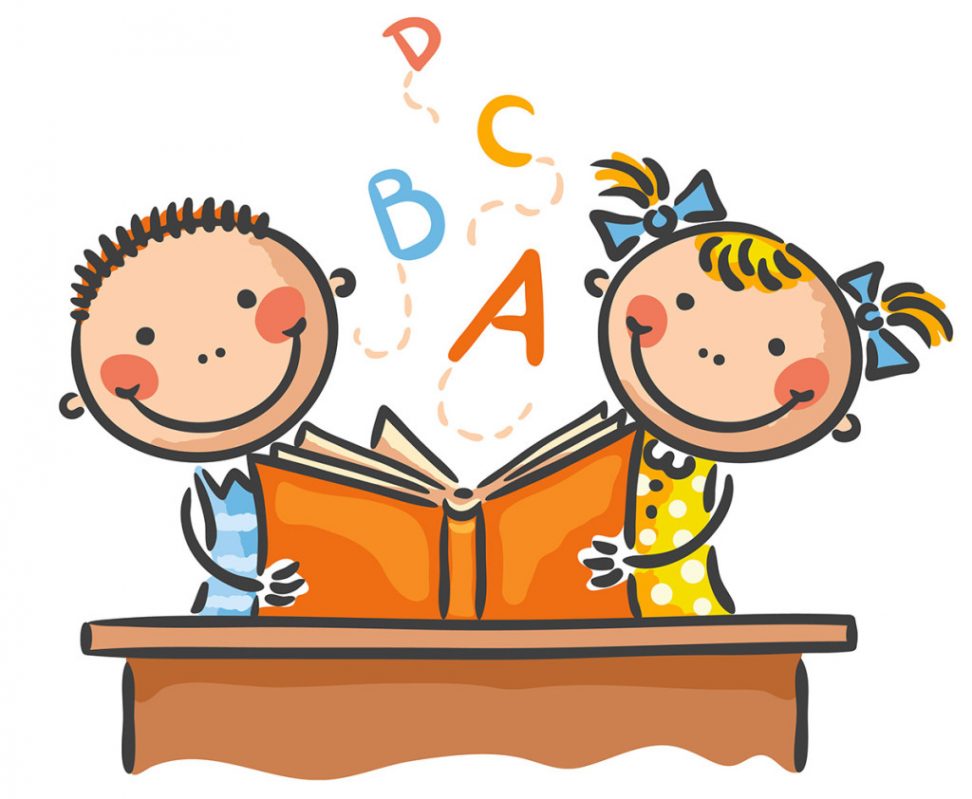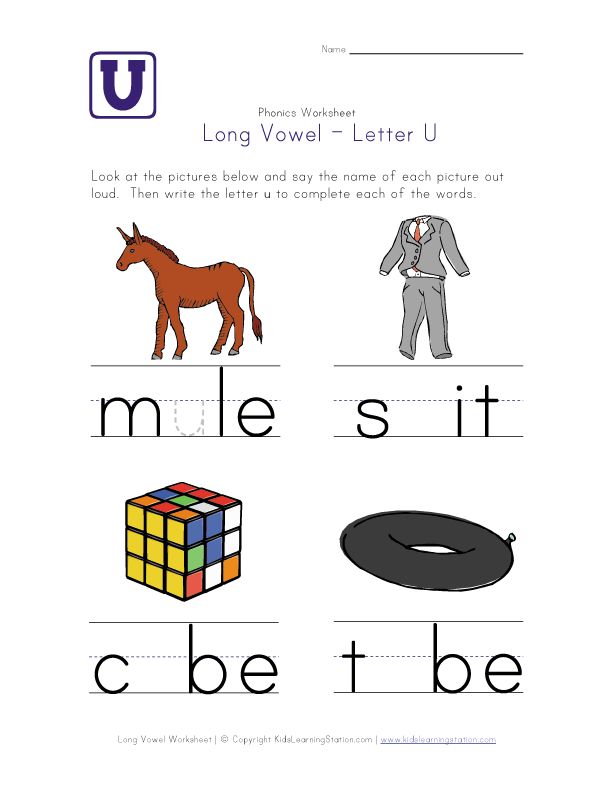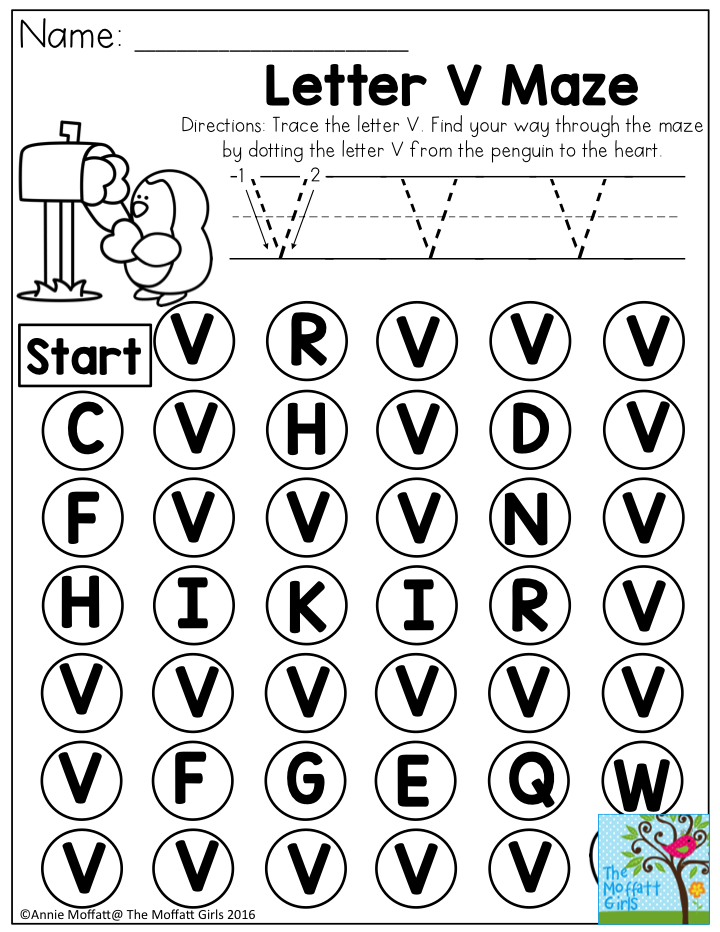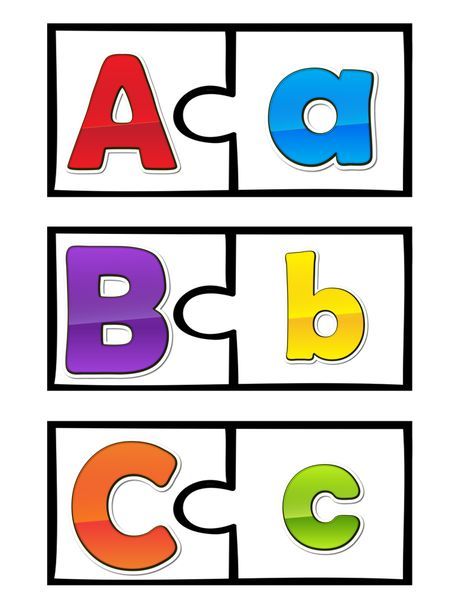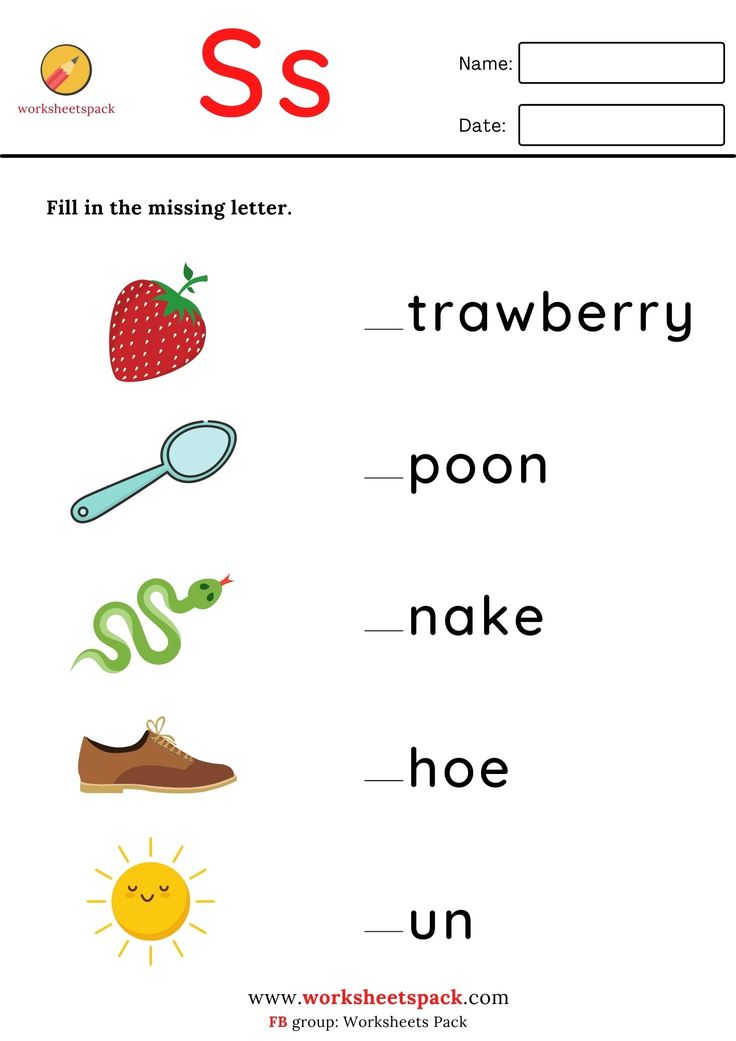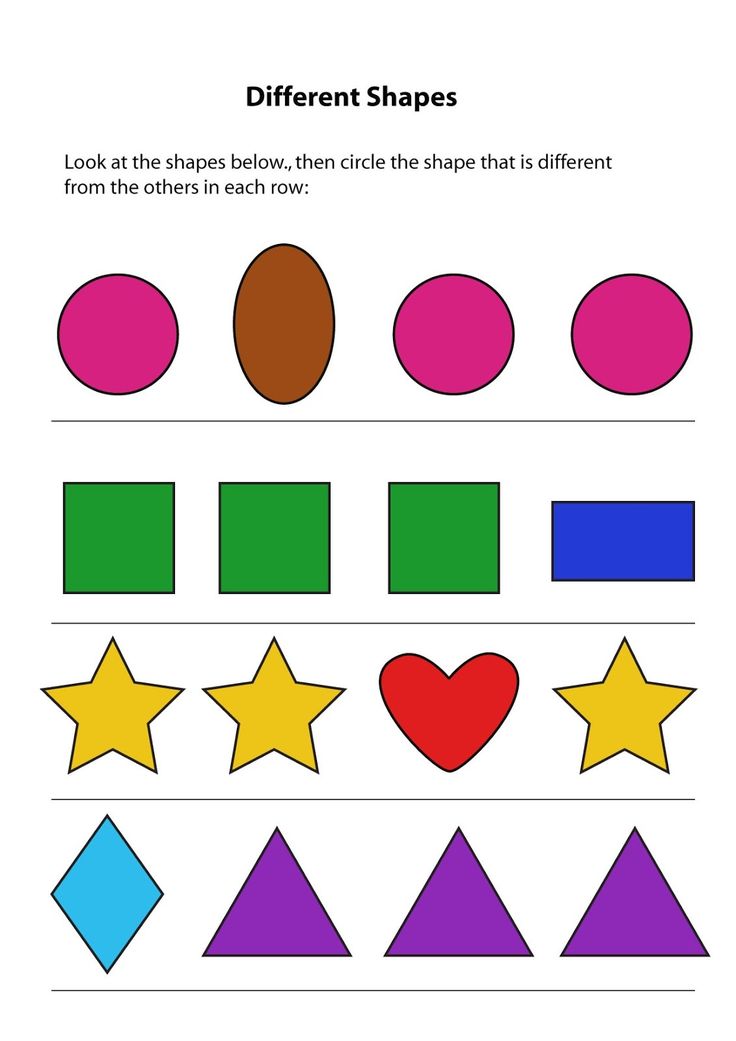Social skills pdf
66 Important Social Skills for Kids (Printable PDF)
- Share
- Tweet
What social skills will my kid need to develop?
There are few parents or educators that have not explored at some point in time questions related to social skills for kids.
We wonder how we can help our kids with social skills.
We fear they may be struggling to make friends.
We get disappointed when they don’t address their elders respectfully.
And for those of us with kids with special needs, lack of social skills is a reality that we need to work on every day.
In today’s post, you will find a comprehensive checklist of social skills for kids that may give you ideas of areas you may need to develop or work on.
You will also be able to download a social skills printable PDF (poster size) at the end of the post.
(Disclosure: We are a participant in the Amazon Services LLC Associates Program, an affiliate advertising program designed to provide a means for us to earn fees by linking to Amazon. com and affiliated sites. You can also read our Disclosure & Disclaimer policy here)
What are Social Skills?
Social skills are those skills we use every day to communicate and interact in society, both verbally and non-verbally.
Why are Social Skills Important for Kids?
Social interaction is a key component of human learning.
Children learn about norms and acceptable behaviors through their social interaction with parents, teachers, and, later in life, peers.
Good social skills will help kids successfully interact in social situations, build positive relationships and have a better self-image.
Examples of Social Skills
The list of social skills that will help us succeed in social situations is long.
Different skills are interwoven to facilitate more complex ones.
Let’s take as an example the skill “Being able to start and maintain conversations”
If we wish to train that skill in a kid or an adult, we will also have to train several different skills like:
- Making good eye contact
- Respecting personal space
- Reading facial expressions
- Using open-ended questions
- Active listening
- Empathy
➡️ Recommended reading (FREE in Kindle Unlimited when I wrote this post!!):
Social Skills Activities for Kids: 50 Fun Exercises for Making Friends, Talking and Listening, and Understanding Social Rules
➡️➡️Try Kindle Unlimted Free HERE
Understanding Social Skills for Children
This post will capture a selection of more than 60 very important social skills that may help our kids (or us adults!) interact successfully in social situations.
Before we move into the checklist itself, let me explain how I have organized these sets of skills, to help you assimilate the enormous amount of information you will find in the social skills checklist.
You will find them organized in the following relevant sections:
-
- COMMUNICATION
VERBAL COMMUNICATION
Verbal communication is the use of sounds to express yourself.
There are different types of verbal communication like interpersonal communication, communication in groups and public speaking.
NON-VERBAL COMMUNICATION SKILLS
Non-verbal communication may be as important as verbal communication. Social success may rely on occasions on non-verbal messages.
Non-verbal communication may:
-replace verbal communication in some situations
-complement, modify or contradict what we say in our verbal communication.
Non-verbal skills are divided into:
-body language (eye contact, posture, facial expression, personal appearance)
-paralanguage (voice tone, voice volume, voice inflection) - LISTENING
Listening skills are essential for effective social communication.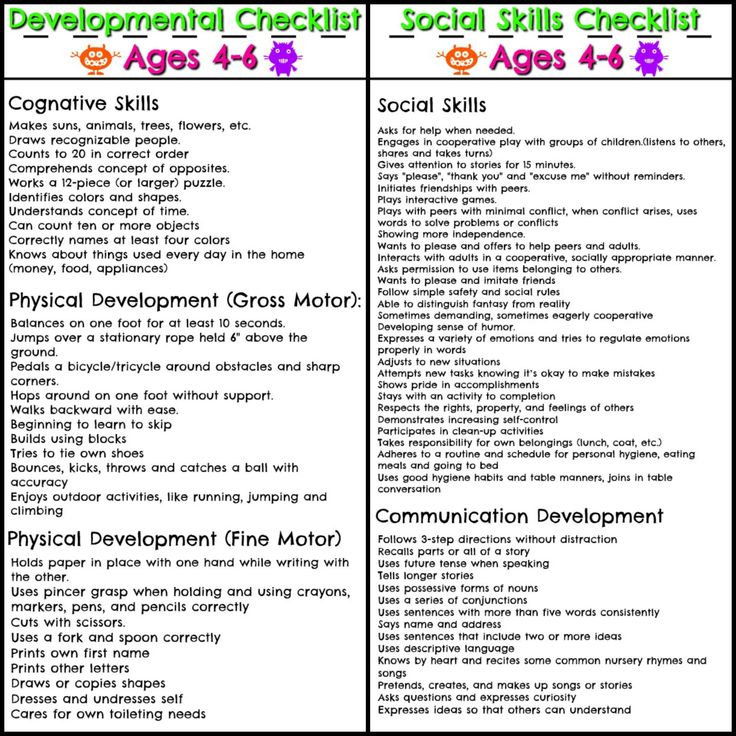
Have you ever been in a situation in which you are so focused on sharing your own views that you miss out on what is going on around you?
Or have you ever told your kids that hearing you is not the same as listening to you? - FEELINGS & EMOTIONS
Being able to identify, label, and express their own emotions and others’ emotions is an important part of kids’ social and emotional development. - PARTICIPATING IN GROUPS & SPEAKING UP FOR THEMSELVES
Have you ever looked at a kid and thought, he/she is good in one-on-one interactions, but he/she is lost in a group situation.
Groups have their own social rules.
Being part of groups, our kids also need to learn to speak for themselves, show respect, kindness but be able to stand their ground.
More on the topic: Assertiveness for Kids - PROBLEM-SOLVING
Problem-solving is a lot more than an academic skill. Maths is probably the first thing that comes to mind when most people think about problem-solving.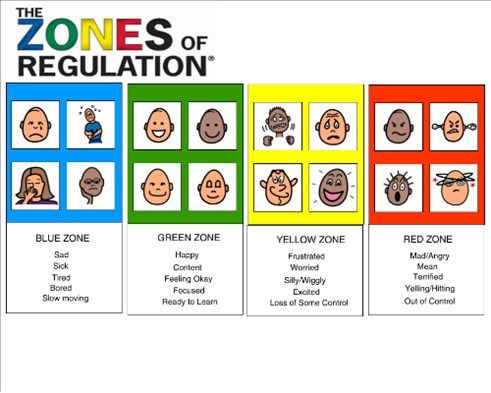 Problem-solving in life and in the social context is a key skill.
Problem-solving in life and in the social context is a key skill.
- COMMUNICATION
➡️ Recommended reading: 101 Ways to Teach Children Social Skills
Checklist of Social Skills for Kids
(FREE Social Skills for Kids Poster download at the end of this post!!!)
COMMUNICATION SKILLS
VERBAL COMMUNICATION
-
-
-
-
- Introducing yourself
- Starting a conversation
- Maintaining a conversation
- Giving a compliment
- Accepting a compliment
- Learning how to finish a conversation
- Learning how to speak in public
- Learning how to address different people (a peer, a teacher, the principal, a stranger)
-
-
-
NON-VERBAL COMMUNICATION
-
-
-
-
- Using the appropriate tone of voice
- Using an appropriate volume of voice
- Making eye contact
- Learning about facial expression
- Using gestures to convey information
- Respecting personal space
- Use of touch / Touching others
- Learning about body posture
- Learning to read body language
- Understanding personal appearance and “decoding” it
-
-
-
LISTENING SKILLS
-
-
-
-
- Learning to listen with complete attention
- Teaching active listening
- Problem-solving in a social /group context
- Learning to negotiate
-
-
-
FEELINGS & EMOTIONS
-
-
-
-
- Identifying emotions
- Labeling emotions
- Expressing emotions
- Learning to express strong feelings like anger appropriately
-
-
-
PARTICIPATING IN GROUPS
-
-
-
-
- Joining a group
- Meeting new people
- Asking questions during conversations
- Learning to share
- Learning to cooperate
- Taking turns
- Not interrupting while others speak
- Following rules
- Accepting diversity
- Being patient
- Being assertive
- Accepting other people’s opinion
- Coping with criticism
- Providing feedback to other people’s opinions
- Learning about empathy
- Using good manners
- Asking for permission
-
-
-
TAKING CARE OF ONESELF & OTHERS / SPEAKING UP FOR YOURSELF
-
-
-
-
- Learning to ask for help when needed
- Helping your friends when they need help
- Showing kindness to others
- Showing interest in others
- Understanding how others feel about the way you act
- Learning the meaning of friendship
- Showing respect
- Apologizing
- Learning to forgive
- Learning about bullying and how to avoid it
- Learning to express your opinions assertively
- Learning to say no
- Learning to apologize
- Problem-solving in a social /group context
- Learning to negotiate
- Knowing what you can and can’t share about yourself with others
-
-
-
PROBLEM-SOLVING
-
-
-
-
- Learning to identify problems and describe them
- Generating solutions /alternatives
- Predicting consequences for those alternatives
- Choosing the alternative that best solves the problem
- Taking action to solve your problems
- Learning to compromise
- Understanding behaviors that can lead to problems
-
-
-
Other Social Skills Resources in this Blog
- Social Skills ACTIVITIES for kids
- Social Skills Games for Kids
- Assertive Communication Worsheets
- I-Statements Worksheets
- Conversation Starters
- Roll the Question Dice Activity
- Friendship Activities for Kids
- Empathy Activities for Kids
- Conflict Resolution Activities for Kids
- Learn how to read anger signs
FREE Social Skills for Kids POSTER ⬇️
Get your free Social Skills for Kids Poster (fill in the fields below this picture)
Did you find this post useful? Don’t forget to pin it to your boards 😉⇓
66 Social Skills for Kids to Succeed in Social Interactions
10 Best Activities + PDF
Being socially awkward is not just a problem kids face; adults can battle with social skills too, leading to anxiety and even serious phobias.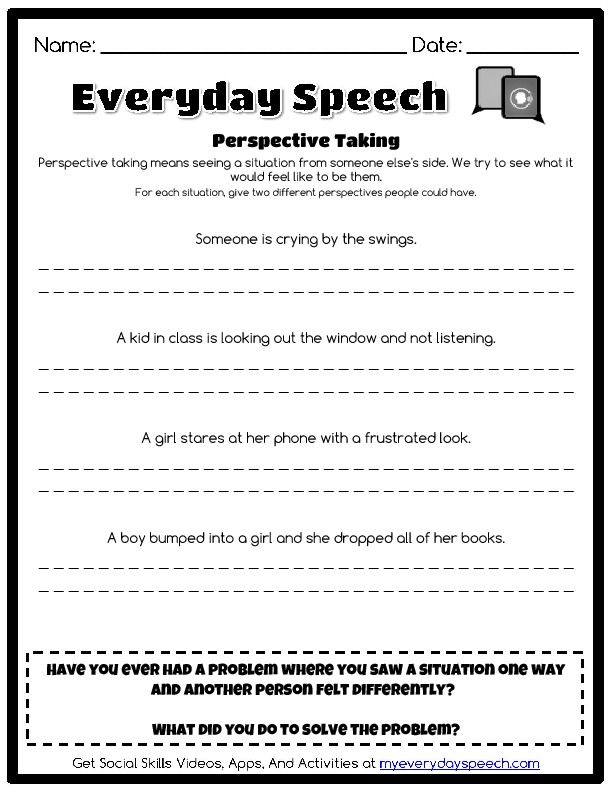
Struggles with social skills in adulthood can cause avoidance of social situations and interfere with building long-lasting relationships.
Providing social skills training to clients with anxiety, fear of public speaking, and similar issues could ensure more optimal functioning.
This article provides strategies and training options for the development of various social skills. Several resources to help target specific struggles related to the development of social skills in adults are also included, and the approaches can be tailored to improve social responses in specific domains.
Before you continue, we thought you might like to download our three Positive Psychology Exercises for free. These science-based exercises will explore fundamental aspects of positive psychology including strengths, values, and self-compassion, and will give you the tools to enhance the wellbeing of your clients, students, or employees.
This Article Contains:
- Social Skills Training for Adults Explained
- Social Skills Coaching: 2 Best Activities
- Role-Playing Exercises: 4 Scripts & Examples
- Top 2 Resources & Worksheets
- 4 Insightful Videos & Podcasts
- PositivePsychology.
 com’s Helpful Tools
com’s Helpful Tools - A Take-Home Message
- References
Social Skills Training for Adults Explained
Social skills training includes interventions and instructional methods that help an individual improve and understand social behavior. The goal of social skills training is to teach people about verbal and nonverbal behaviors that are involved in typical social interactions (“Social,” n.d.).
Social skills training is usually initiated when adults have not learned or been taught appropriate interpersonal skills or have trouble reading subtle cues in social interactions. These instances can also be associated with disorders that impede social development, such as autism.
Therapists who practice social skills training first focus on breaking down more complex social behaviors into smaller portions. Next, they develop an individualized program for patients, depending on what social skills they need to work on, and gradually introduce those skills to their patients, building up their confidence through gradual exposure.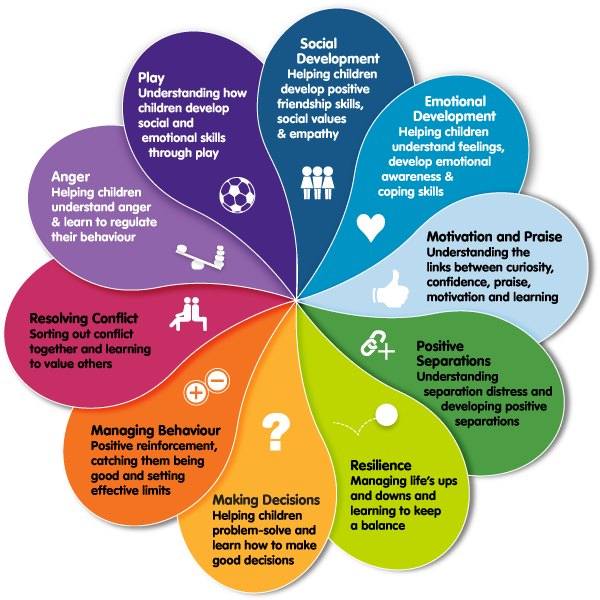
For instance, a person who has trouble making eye contact because of anxiety in social situations might be given strategies to maintain eye contact by the therapist. Eye contact is the foundation for most social interaction, and interventions will often start with improving the individual’s ability to maintain eye contact.
During therapy, other challenging areas will be identified such as starting or maintaining a conversation or asking questions. Each session will focus on different activities that typically involve role-play and sometimes will take place in a group setting to simulate different social experiences.
Once confidence has been built up during therapy or social skills group settings, these social skills can be brought into daily life.
Useful assessments: Tests, checklists, questionnaires, & scales
Before engaging your clients in social skills interventions or any type of therapeutic intervention, it is important to determine if social skills therapy is a good approach to help them with their current situation.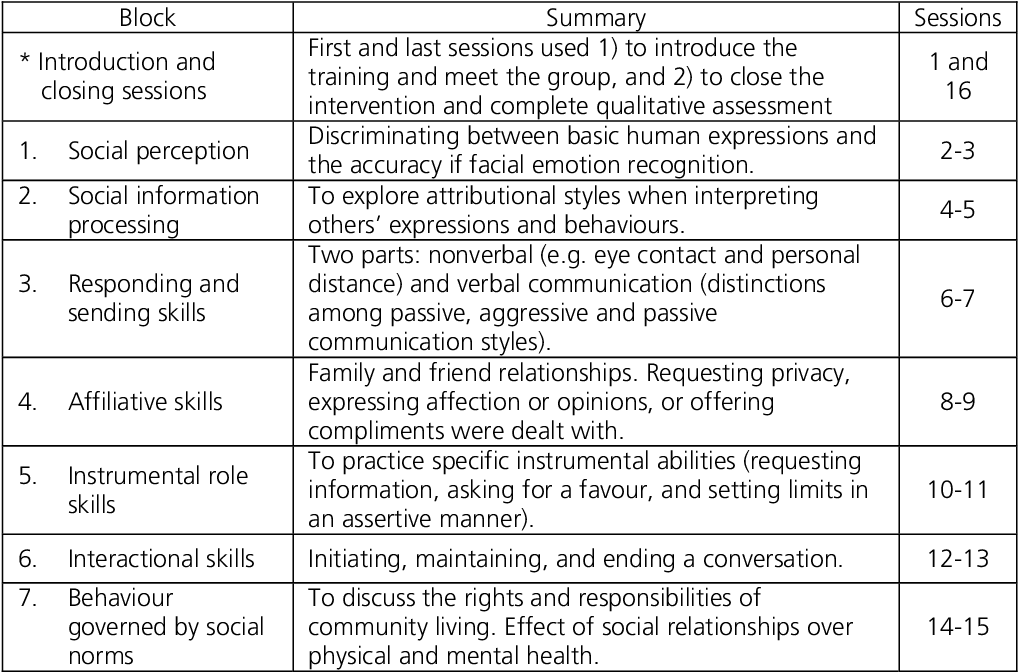
The Is Social Skills Training Right for Me? checklist is a self-assessment opportunity for clients to determine if social skills therapy is appropriate for their specific situation or if another approach will be more beneficial.
However, self-assessment activities can sometimes be unreliable, as the individual might not fully understand the treatment models that are available to them. Additionally, if a client has issues with social skills, they may not be aware of their deficiencies in social situations.
In these situations, therapists should ask clients about the issues they are having and encourage them to engage in self-questioning during sessions.
9 Questions to ask your clients
Prior to starting social skills training or activities, the therapist and client should narrow down which areas need help. A therapist can do this by asking the client a series of questions, including:
- Where do you think you are struggling?
- Are there any social situations that make you feel anxious, upset, or nervous?
- Do you avoid any specific social situations or actions?
- Have you ever had anyone comment on your social behavior? What have they said?
- What do you think will help you improve the skills you are struggling with?
Clients can also ask themselves some questions to determine if the social skills therapy process is right for them.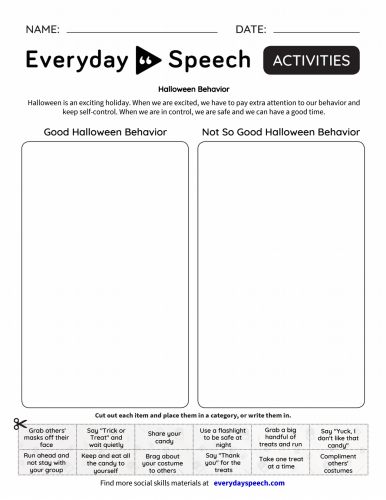
These questions can include:
- What aspects of my life am I struggling with?
- Are there specific social situations or skills that I struggle with?
- Do I have trouble keeping or maintaining relationships with friends, family members, and coworkers?
- Am I avoiding specific social situations out of fear?
Getting clients to ask these questions will help determine if this process will benefit them. Having clients “buy in” to the process is important, to ensure that the approach is right for them and increase the likelihood that they will be engaged to complete activities with a reasonable degree of efficacy.
Social Skills Coaching: 2 Best Activities
Eye contact is considered one of the most important aspects of communication.
It is estimated that adults make eye contact 30–60% of the time in general conversation, increasing to 60–70% of the time when trying to form a more intimate relationship (Cognitive Development Learning Centre, 2019).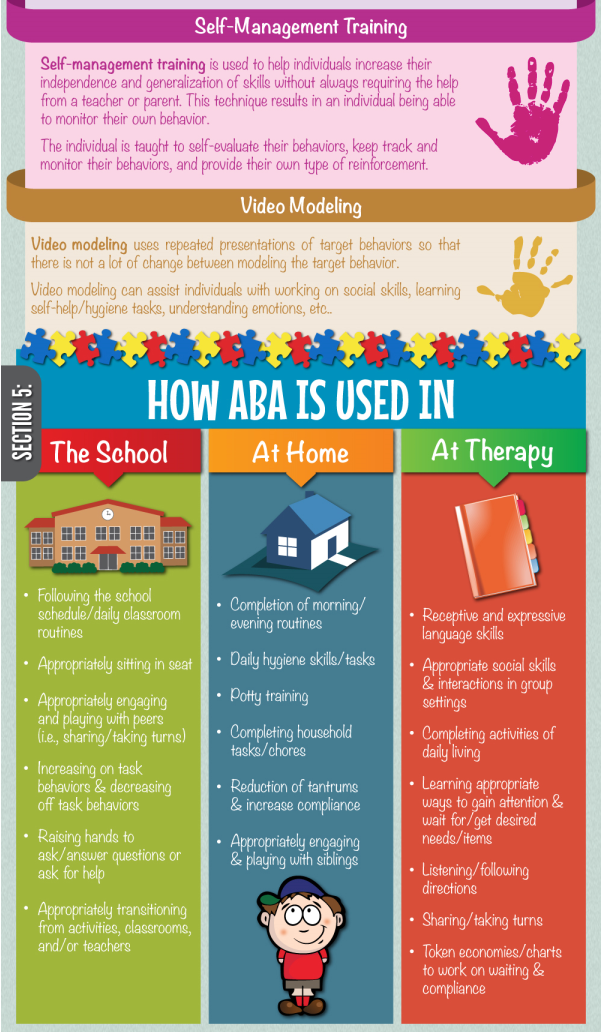
Giving people who are struggling socially the tools to make more eye contact is usually the first step in social skills training exercises.
The Strategies for Maintaining Eye Contact worksheet provides some practical strategies and tips to practice making eye contact.
Sometimes, people who struggle with making eye contact overcompensate, leading to social blunders while simply trying to increase their ability to socialize effectively. This handy worksheet on Do’s and Don’ts When Making Eye Contact breaks down exactly what is acceptable when making eye contact and what behaviors should be avoided.
Role-Playing Exercises: 4 Scripts & Examples
Often, one of the most prominent struggles for people lacking social skills is starting a conversation, especially with people they are not familiar with.
Fleming (2013) details a helpful method for people who struggle with starting conversations. The ARE method can be used to initiate a conversation and gain an understanding of the person’s interests to facilitate a strong relationship.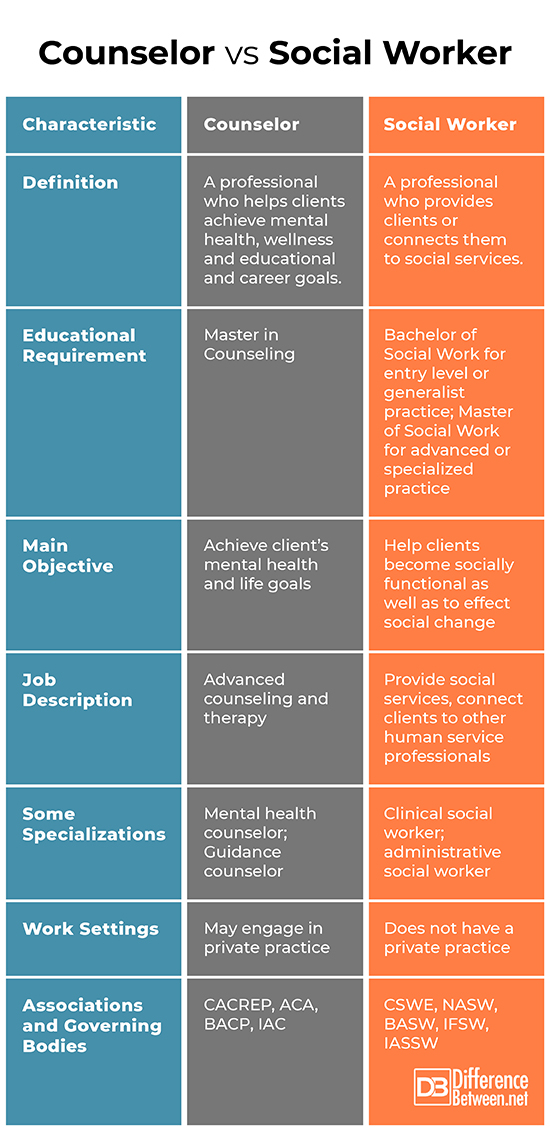
- Anchor:
Connect the conversation to your mutually shared reality (e.g., common interests) or the setting in which you encountered the individual. - Reveal:
Provide some personal context to help deepen the connection between you and the other person. - Encourage:
After giving them some context, provide the other person with positive reinforcement to encourage them to share.
This worksheet Starting a Conversation – The ARE Method guides participants through each step in the ARE process. It also provides examples of how the ARE method can be incorporated into a typical conversation and used as a workable strategy in social skills training activities.
A Guide to Small Talk: Conversation Starters and Replies provides an outline of conversation ideas to help start any conversation, no matter the setting.
After developing the ability to start a conversation, being able to project assertiveness and understand one’s limits is essential in ensuring clear communication.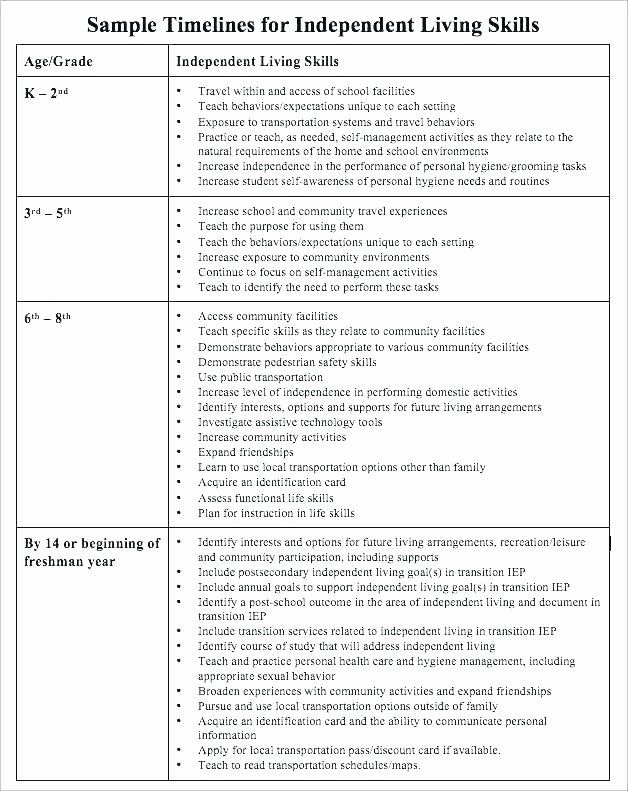
These worksheets on Different Ways to Say ‘No’ Politely and Using ‘I’ Statements in Conversation facilitate assertive communication and give clients the confidence to set personal limits.
Top 2 Resources & Worksheets
Problem solving is another skill people seeking social skills therapy often want to develop further.
A lack of opportunity to learn coping strategies and difficulty with emotional regulation have been associated with anxiety and low problem-solving abilities (Anderson & Kazantzis, 2008).
An individual’s lack of ability to problem solve in social situations significantly affects their ability to come up with reasonable solutions to typical social problems, which in turn, causes them to avoid more difficult social situations.
Practicing social problem solving is a key component of social skills training. This worksheet on Social Problem Solving allows your clients to define the problems they are facing and rate the potential solutions from low to high efficacy.
Based on the rating, therapists can instruct clients to practice their social reasoning during sessions. Practicing these skills builds clients’ confidence and increases the likelihood that they will access these solutions under pressure.
Similarly, the Imagining Solutions to Social Problems worksheet implements a related process, but challenges participants to engage in a visualization activity. While engaging in visualization, participants have the opportunity to imagine what they would say or do, and reflect on what they have learned and why the solution they chose was best for that particular problem.
4 Insightful Videos & Podcasts
Supplementing modeling and practical activities with interactive audio-visual aids, such as podcasts and videos, is an essential practice in ensuring that patients seeking social skills training are getting multiple perspectives to develop their social intelligence.
Below, we have provided resources to help your clients with different social skills and situations.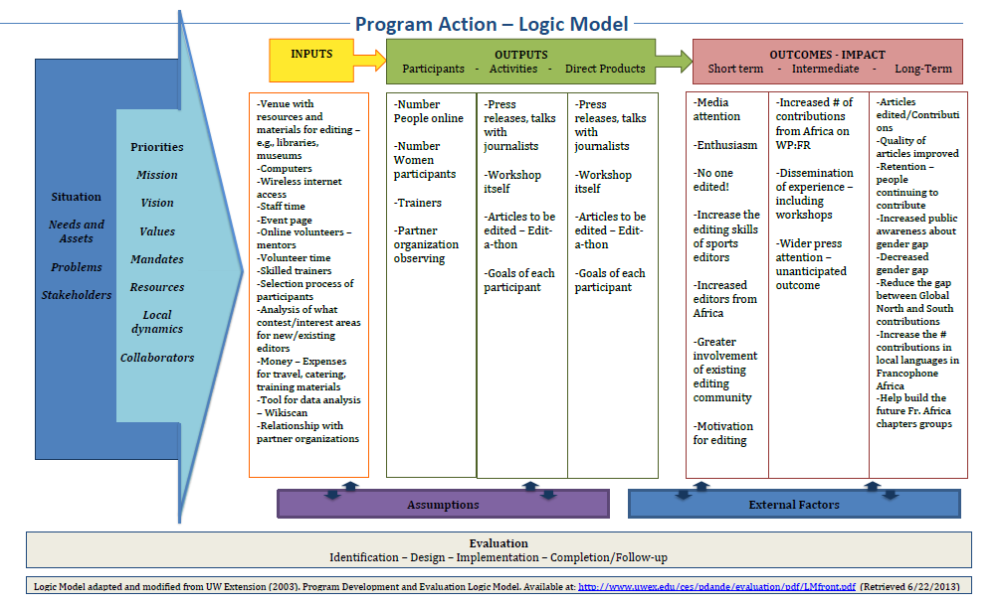
Videos
An introvert’s guide to social freedom – Kaspars Breidaks
This TEDx talk focuses on providing guidelines for self-identified introverts. In this video, Breidaks frames introversion as an opportunity, rather than a weakness.
Based on his experiences moving from a small town to a big city and eventually starting improv comedy, he developed a workshop to help integrate principles of improvisation into social skills training.
His workshops focus on creating connections through eye contact and breaking through shyness by training the small talk muscle. Because of his experience, he recommends you say yes to yourself before saying yes to others. Breidaks theorizes that only by developing our awareness of our own true emotions and thoughts can we become more comfortable interacting with others.
This video is helpful if your patients need workable tips to improve their interactions with strangers and is an excellent complement to some of our worksheets on developing skills for small talk.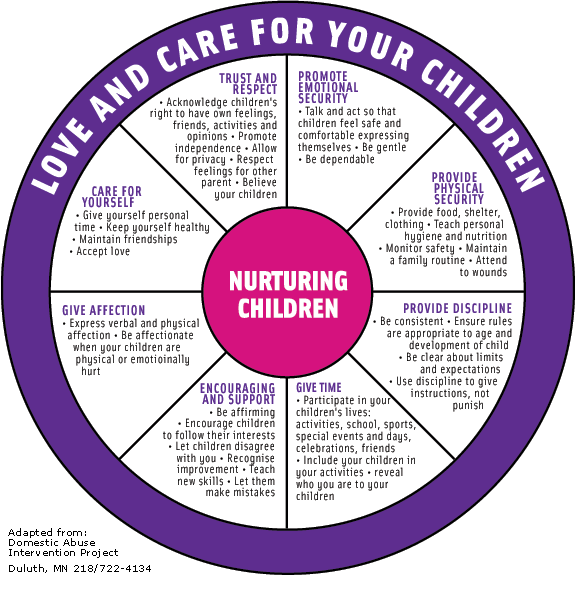
10 Ways to have a better conversation – Celeste Headlee
This TEDx talk is focused on tactics to have more effective conversations. In her TED talk, Headlee emphasizes the importance of honesty, clarity, and listening to others as well as yourself.
Headlee shares her ideas about how to talk and listen to others, specifically focusing on sustaining clear, coherent conversation and the importance of clear, direct communication.
She argues that technology has interfered with the development of interpersonal skills, stating that conversation is an art that is fundamentally underrated and should be emphasized more, especially among young children.
The main point Headlee tries to get across is to avoid multitasking and pontificating during conversation. Individuals who are struggling with active listening and keeping a conversation going would benefit from the tips she offers in this video, as she uses a lot of the same principles when interviewing her radio guests to ensure that she is getting the most out of their appearances.
She specifically emphasizes the importance of being continually present while talking and listening to someone, which is strongly emphasized in social skills training.
Podcasts
How Can I Say This – Beth Buelow
This podcast provides tips and advice on challenging social situations including navigating difficult conversations, giving and receiving feedback in a professional setting, and negotiating your salary.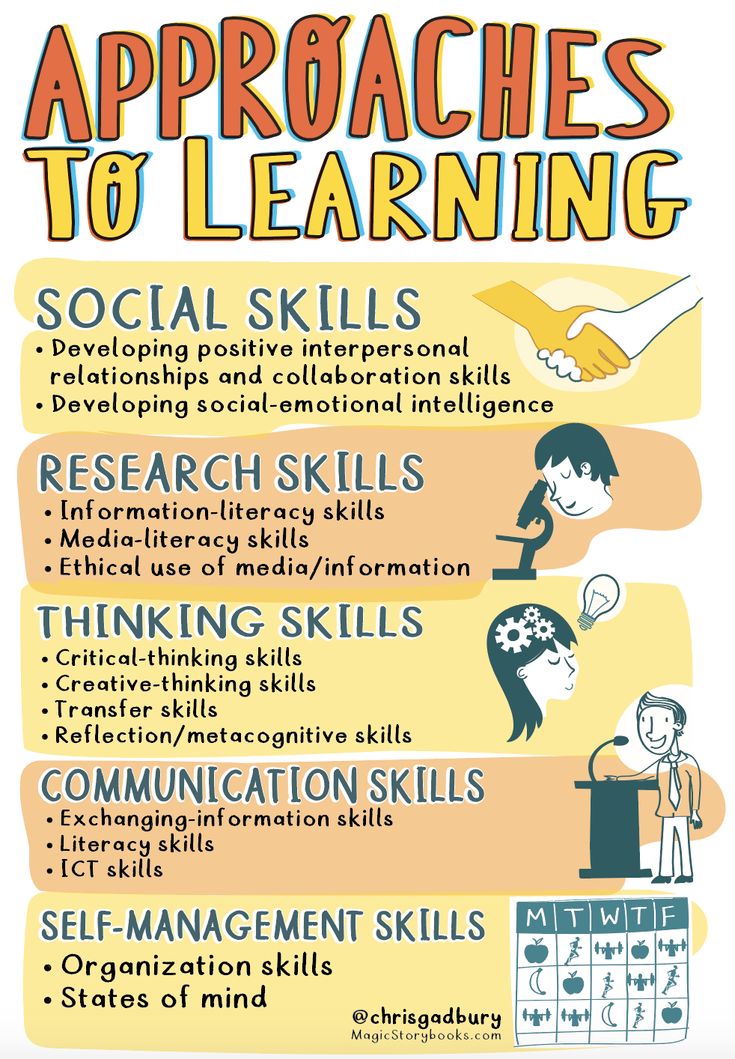
Each episode also provides techniques or approaches to help listeners become more confident when dealing with different social situations. The podcast also takes listener questions about dealing with social situations and issues.
If your clients are struggling with introducing themselves to new people, they may benefit from the episodes on talking to strangers and how to have difficult conversations.
Available on Spotify and Apple Podcasts.
Social Skills Coaching – Patrick King
King specializes in social interaction and communication, and he is a social skills coach based in San Francisco, California.
King focuses on using emotional intelligence and understanding human interaction to help break down emotional barriers, improve listeners’ confidence, and equip people with the tools they need for success.
Although King’s expertise is centered on romantic relationships, this podcast provides strategies to improve one’s emotional awareness and engage in better communication.
People engaging in social skills training would benefit from the episode on social sensitivity, which examines the social dynamics of the brain. It also explains why our brains are programmed to respond more to specific traits (e.g., warmth, dominance) and why people with those traits are often elevated to higher positions within the social hierarchy.
Available on Apple Podcasts.
PositivePsychology.com’s Helpful Tools
There are several resources available on our website to complement the social skills training that you are providing to your clients.
Our Emotional Intelligence Masterclass© trains helping professionals in methodology that helps increase their client’s emotional intelligence.
The client workbook has several exercises that practitioners can give their clients to develop an awareness of their emotions and, subsequently, understand how those emotions might contribute to interactions with others.
Our Positive Psychology Toolkit© provides over 400 exercises and tools, and the Social Network Investment exercise, included in the Toolkit, focuses on reflecting on a client’s current social network.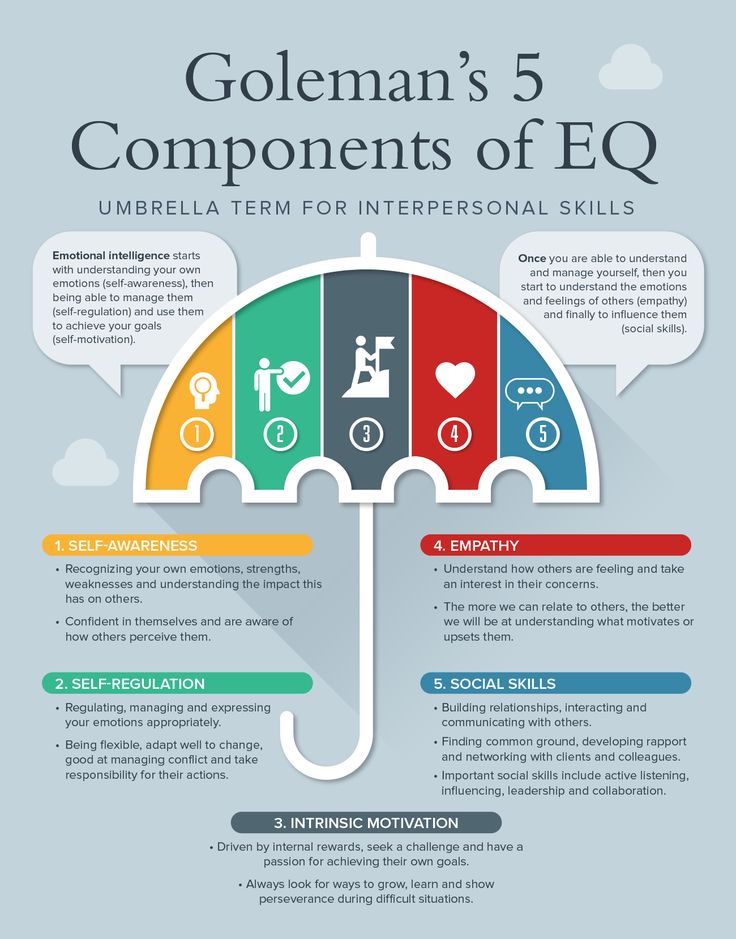 By further looking into the amount of time and investment devoted to the members of their social network, clients can further identify who is supportive of their endeavors and who negatively affects experiences.
By further looking into the amount of time and investment devoted to the members of their social network, clients can further identify who is supportive of their endeavors and who negatively affects experiences.
With this knowledge, relationships can be analyzed before devoting even more time and investment that might not facilitate positive emotions.
People who struggle with initiating conversation might also have trouble talking about their emotions. Our exercise on Asking for Support, also in the Toolkit, can provide assistance to someone having trouble communicating their emotions.
It also provides strategies to practice asking for help when needed. This exercise also gives you the opportunity to identify any personal barriers that are impending your ability to seek help from others.
You might be interested in this sister article, Social Skills Training for Kids, which provides top resources for teachers. To enhance your knowledge, our Social Skills Books for Adults & Kids is a must-read selection of top books.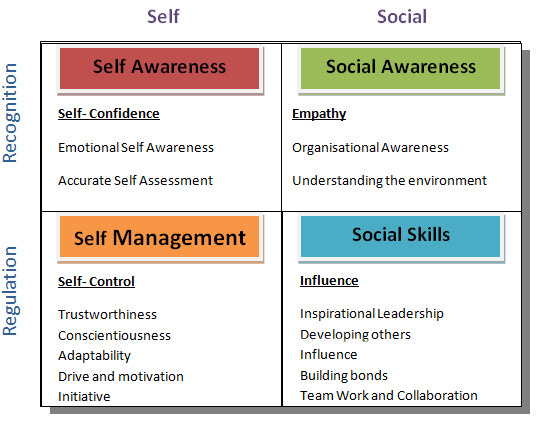
If you’re looking for more science-based ways to help others enhance their wellbeing, this signature collection contains 17 validated positive psychology tools for practitioners. Use them to help others flourish and thrive.
A Take-Home Message
Improving social skills is an important skill to develop for anyone trying to facilitate professional and personal connections.
However, sometimes clients might not even realize they need targeted interventions to help with their social skills, and they might approach a therapist with other challenges around anxiety entering new situations.
For that reason, we hope this article provided valuable options for the development of social skills, with useful activities and social skills worksheets to be incorporated into your sessions.
We encourage you and your clients to explore these exercises together and engage in goal-setting tools to target areas that will benefit their daily lives, relationships, and communication.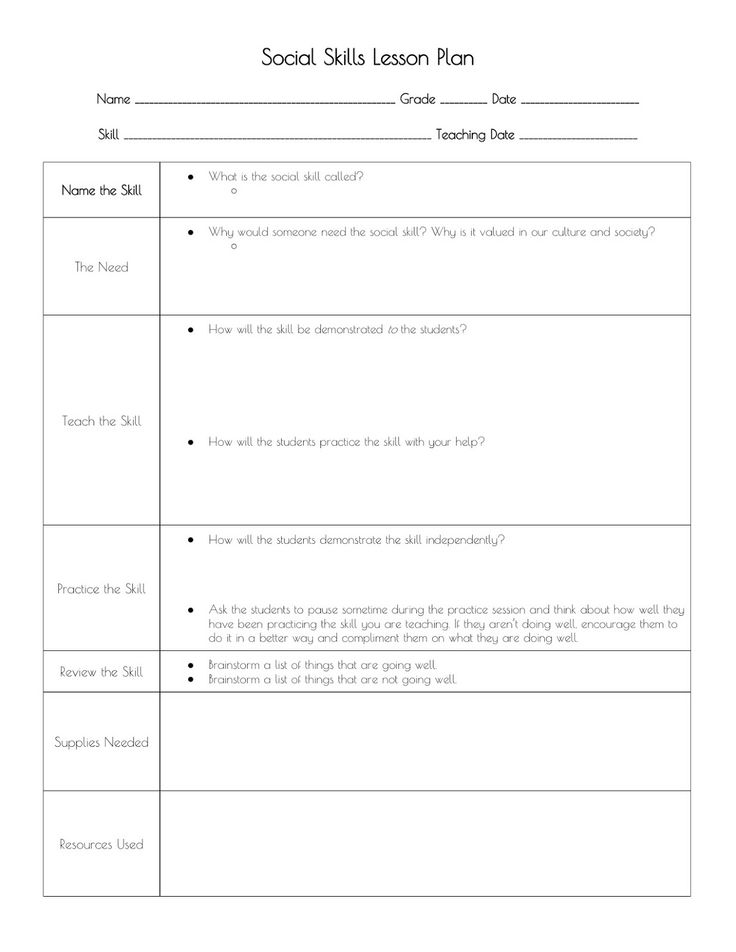
We hope you enjoyed reading this article. Don’t forget to download our three Positive Psychology Exercises for free.
- Anderson, G., & Kazantzis, N. (2008). Social problem-solving skills for adults with mild intellectual disability: A multiple case study. Behaviour Change, 25(2), 97–108.
- Cognitive Development Learning Centre. (2019). Training eye contact in communication. Retrieved May 4, 2021, from https://cognitive.com.sg/training-eye-contact-in-communication/
- Fleming, C. (2013). It’s the way you say it: Becoming articulate, well-spoken and clear (2nd ed.). Berrett-Koehler.
- Social skills training. (n.d.). In Encyclopedia of mental disorder. Retrieved May 4, 2021, from http://www.minddisorders.com/Py-Z/Social-skills-training.html
Psychological and pedagogical conditions for the formation of social skills in young children
%PDF-1.5 % 10 obj > /Metadata 4 0 R >> endobj 5 0 obj /Title >> endobj 20 obj > endobj 3 0 obj > endobj 40 obj > stream
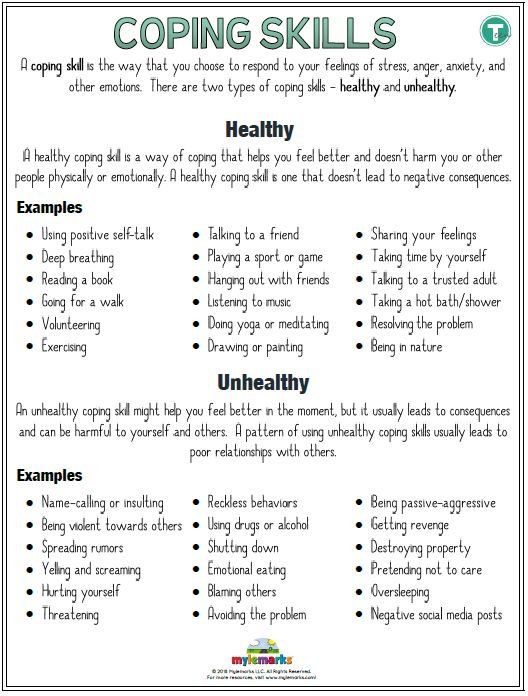 A.1.52017-11-29T12:33:49+05:002017-11-29T12:33:49+05:00 endstream endobj 6 0 obj > /ProcSet [/PDF /Text /ImageB /ImageC /ImageI] /XObject> >> /MediaBox[0 0 595.
A.1.52017-11-29T12:33:49+05:002017-11-29T12:33:49+05:00 endstream endobj 6 0 obj > /ProcSet [/PDF /Text /ImageB /ImageC /ImageI] /XObject> >> /MediaBox[0 0 595.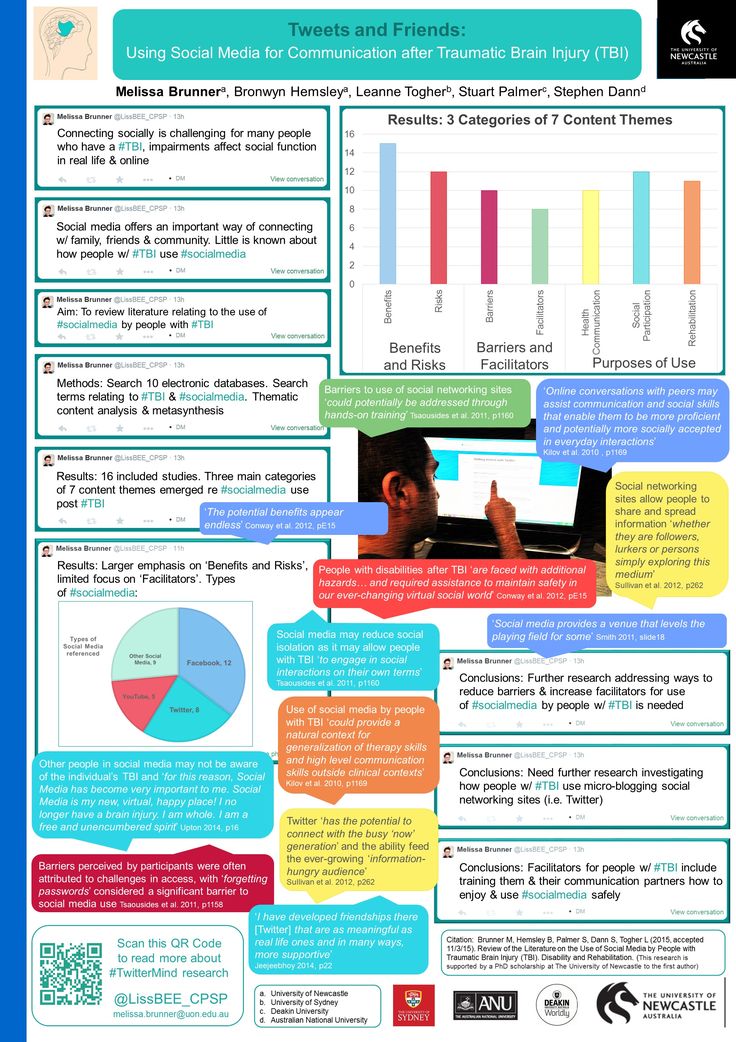 32 841.92] /Contents[133 0 R 134 0 R 135 0 R] /group> /Tabs /S /StructParents 0 /Annots [136 0R] >> endobj 70 obj > /ProcSet [/PDF /Text /ImageB /ImageC /ImageI] >> /Annots [138 0 R 139 0 R 140 0 R 141 0 R 142 0 R 143 0 R 144 0 R 145 0 R 146 0 R 147 0 R 148 0 R 149 0 R 150 0 R 151 0 R 152 0 R 153 0 R 154 0 R 155 0 R] /MediaBox [0 0 595.32 841.92] /Contents 156 0 R /group> /Tabs /S /StructParents 1 >> endobj 80 obj > /ProcSet [/PDF /Text /ImageB /ImageC /ImageI] >> /MediaBox[0 0 595.32 841.92] /Contents 157 0 R /group> /Tabs /S /StructParents 20 >> endobj 9 0 obj > /ProcSet [/PDF /Text /ImageB /ImageC /ImageI] >> /MediaBox [0 0 595.32 841.92] /Contents 159 0R /group> /Tabs /S /StructParents 21 >> endobj 10 0 obj > /ProcSet [/PDF /Text /ImageB /ImageC /ImageI] >> /MediaBox [0 0 595.32 841.92] /Contents 160 0R /group> /Tabs /S /StructParents 22 >> endobj 11 0 obj > /ProcSet [/PDF /Text /ImageB /ImageC /ImageI] >> /MediaBox[0 0 595.32 841.92] /Contents 161 0 R /group> /Tabs /S /StructParents 23 >> endobj 12 0 obj > /ProcSet [/PDF /Text /ImageB /ImageC /ImageI] >> /MediaBox [0 0 595.
32 841.92] /Contents[133 0 R 134 0 R 135 0 R] /group> /Tabs /S /StructParents 0 /Annots [136 0R] >> endobj 70 obj > /ProcSet [/PDF /Text /ImageB /ImageC /ImageI] >> /Annots [138 0 R 139 0 R 140 0 R 141 0 R 142 0 R 143 0 R 144 0 R 145 0 R 146 0 R 147 0 R 148 0 R 149 0 R 150 0 R 151 0 R 152 0 R 153 0 R 154 0 R 155 0 R] /MediaBox [0 0 595.32 841.92] /Contents 156 0 R /group> /Tabs /S /StructParents 1 >> endobj 80 obj > /ProcSet [/PDF /Text /ImageB /ImageC /ImageI] >> /MediaBox[0 0 595.32 841.92] /Contents 157 0 R /group> /Tabs /S /StructParents 20 >> endobj 9 0 obj > /ProcSet [/PDF /Text /ImageB /ImageC /ImageI] >> /MediaBox [0 0 595.32 841.92] /Contents 159 0R /group> /Tabs /S /StructParents 21 >> endobj 10 0 obj > /ProcSet [/PDF /Text /ImageB /ImageC /ImageI] >> /MediaBox [0 0 595.32 841.92] /Contents 160 0R /group> /Tabs /S /StructParents 22 >> endobj 11 0 obj > /ProcSet [/PDF /Text /ImageB /ImageC /ImageI] >> /MediaBox[0 0 595.32 841.92] /Contents 161 0 R /group> /Tabs /S /StructParents 23 >> endobj 12 0 obj > /ProcSet [/PDF /Text /ImageB /ImageC /ImageI] >> /MediaBox [0 0 595.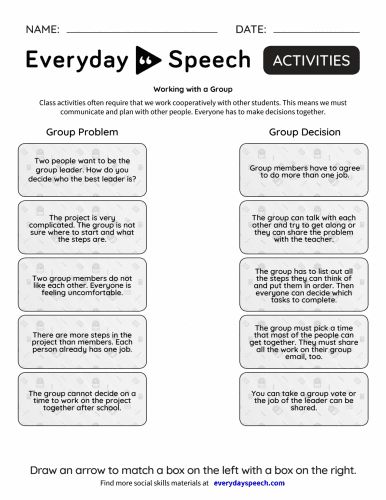 32 841.92] /Contents 162 0 R /group> /Tabs /S /StructParents 24 >> endobj 13 0 obj > /ProcSet [/PDF /Text /ImageB /ImageC /ImageI] >> /MediaBox [0 0 595.32 841.92] /Contents 163 0 R /group> /Tabs /S /StructParents 25 >> endobj 14 0 obj > /ProcSet [/PDF /Text /ImageB /ImageC /ImageI] >> /MediaBox[0 0 595.32 841.92] /Contents 164 0R /group> /Tabs /S /StructParents 26 >> endobj 15 0 obj > /ProcSet [/PDF /Text /ImageB /ImageC /ImageI] >> /MediaBox [0 0 595.32 841.92] /Contents 165 0R /group> /Tabs /S /StructParents 27 >> endobj 16 0 obj > /ProcSet [/PDF /Text /ImageB /ImageC /ImageI] >> /MediaBox [0 0 595.32 841.92] /Contents 166 0 R /group> /Tabs /S /StructParents 28 >> endobj 17 0 obj > /ProcSet [/PDF /Text /ImageB /ImageC /ImageI] >> /MediaBox[0 0 595.32 841.92] /Contents 167 0 R /group> /Tabs /S /StructParents 29 >> endobj 18 0 obj > /ProcSet [/PDF /Text /ImageB /ImageC /ImageI] >> /MediaBox [0 0 595.32 841.92] /Contents 168 0 R /group> /Tabs /S /StructParents 30 >> endobj 19 0 obj > /ProcSet [/PDF /Text /ImageB /ImageC /ImageI] >> /MediaBox [0 0 595.
32 841.92] /Contents 162 0 R /group> /Tabs /S /StructParents 24 >> endobj 13 0 obj > /ProcSet [/PDF /Text /ImageB /ImageC /ImageI] >> /MediaBox [0 0 595.32 841.92] /Contents 163 0 R /group> /Tabs /S /StructParents 25 >> endobj 14 0 obj > /ProcSet [/PDF /Text /ImageB /ImageC /ImageI] >> /MediaBox[0 0 595.32 841.92] /Contents 164 0R /group> /Tabs /S /StructParents 26 >> endobj 15 0 obj > /ProcSet [/PDF /Text /ImageB /ImageC /ImageI] >> /MediaBox [0 0 595.32 841.92] /Contents 165 0R /group> /Tabs /S /StructParents 27 >> endobj 16 0 obj > /ProcSet [/PDF /Text /ImageB /ImageC /ImageI] >> /MediaBox [0 0 595.32 841.92] /Contents 166 0 R /group> /Tabs /S /StructParents 28 >> endobj 17 0 obj > /ProcSet [/PDF /Text /ImageB /ImageC /ImageI] >> /MediaBox[0 0 595.32 841.92] /Contents 167 0 R /group> /Tabs /S /StructParents 29 >> endobj 18 0 obj > /ProcSet [/PDF /Text /ImageB /ImageC /ImageI] >> /MediaBox [0 0 595.32 841.92] /Contents 168 0 R /group> /Tabs /S /StructParents 30 >> endobj 19 0 obj > /ProcSet [/PDF /Text /ImageB /ImageC /ImageI] >> /MediaBox [0 0 595.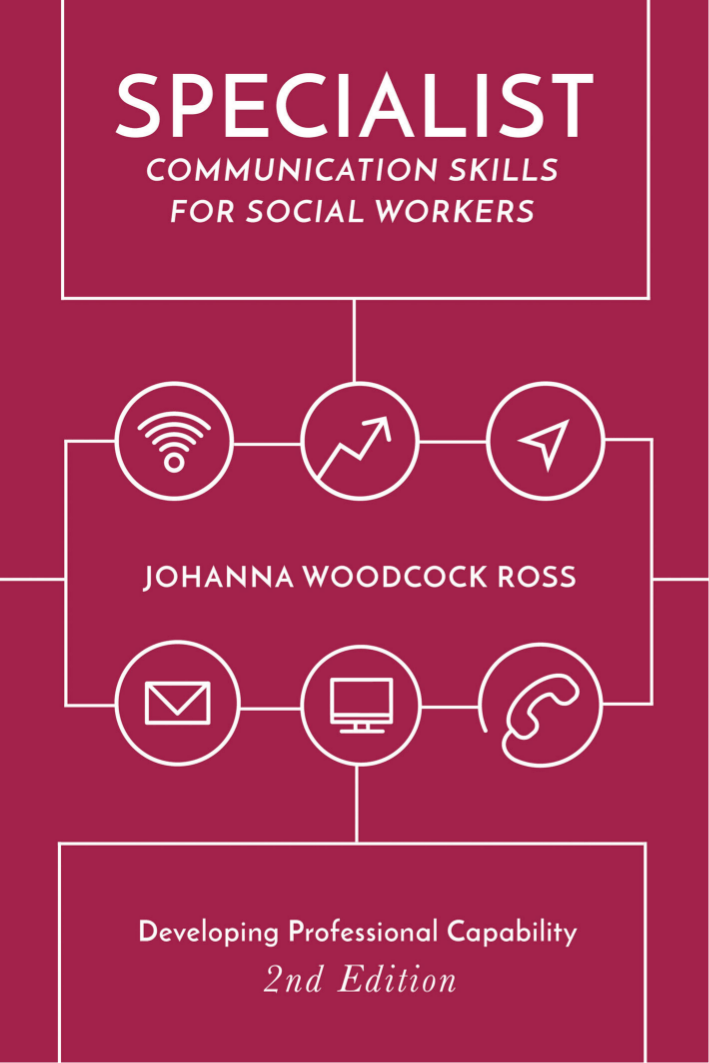 32 841.92] /Contents 169 0 R /group> /Tabs /S /StructParents 31 >> endobj 20 0 obj > /ProcSet [/PDF /Text /ImageB /ImageC /ImageI] >> /MediaBox[0 0 595.32 841.92] /Contents 171 0R /group> /Tabs /S /StructParents 32 >> endobj 21 0 obj > /ProcSet [/PDF /Text /ImageB /ImageC /ImageI] >> /MediaBox [0 0 595.32 841.92] /Contents 172 0R /group> /Tabs /S /StructParents 33 >> endobj 22 0 obj > /ProcSet [/PDF /Text /ImageB /ImageC /ImageI] >> /MediaBox [0 0 595.32 841.92] /Contents 173 0R /group> /Tabs /S /StructParents 34 >> endobj 23 0 obj > /ProcSet [/PDF /Text /ImageB /ImageC /ImageI] >> /MediaBox[0 0 595.32 841.92] /Contents 174 0 R /group> /Tabs /S /StructParents 35 >> endobj 24 0 obj > /ProcSet [/PDF /Text /ImageB /ImageC /ImageI] >> /MediaBox [0 0 595.32 841.92] /Contents 175 0 R /group> /Tabs /S /StructParents 36 >> endobj 25 0 obj > /ProcSet [/PDF /Text /ImageB /ImageC /ImageI] >> /MediaBox [0 0 595.32 841.92] /Contents 176 0R /group> /Tabs /S /StructParents 37 >> endobj 26 0 obj > /ProcSet [/PDF /Text /ImageB /ImageC /ImageI] >> /MediaBox[0 0 595.
32 841.92] /Contents 169 0 R /group> /Tabs /S /StructParents 31 >> endobj 20 0 obj > /ProcSet [/PDF /Text /ImageB /ImageC /ImageI] >> /MediaBox[0 0 595.32 841.92] /Contents 171 0R /group> /Tabs /S /StructParents 32 >> endobj 21 0 obj > /ProcSet [/PDF /Text /ImageB /ImageC /ImageI] >> /MediaBox [0 0 595.32 841.92] /Contents 172 0R /group> /Tabs /S /StructParents 33 >> endobj 22 0 obj > /ProcSet [/PDF /Text /ImageB /ImageC /ImageI] >> /MediaBox [0 0 595.32 841.92] /Contents 173 0R /group> /Tabs /S /StructParents 34 >> endobj 23 0 obj > /ProcSet [/PDF /Text /ImageB /ImageC /ImageI] >> /MediaBox[0 0 595.32 841.92] /Contents 174 0 R /group> /Tabs /S /StructParents 35 >> endobj 24 0 obj > /ProcSet [/PDF /Text /ImageB /ImageC /ImageI] >> /MediaBox [0 0 595.32 841.92] /Contents 175 0 R /group> /Tabs /S /StructParents 36 >> endobj 25 0 obj > /ProcSet [/PDF /Text /ImageB /ImageC /ImageI] >> /MediaBox [0 0 595.32 841.92] /Contents 176 0R /group> /Tabs /S /StructParents 37 >> endobj 26 0 obj > /ProcSet [/PDF /Text /ImageB /ImageC /ImageI] >> /MediaBox[0 0 595.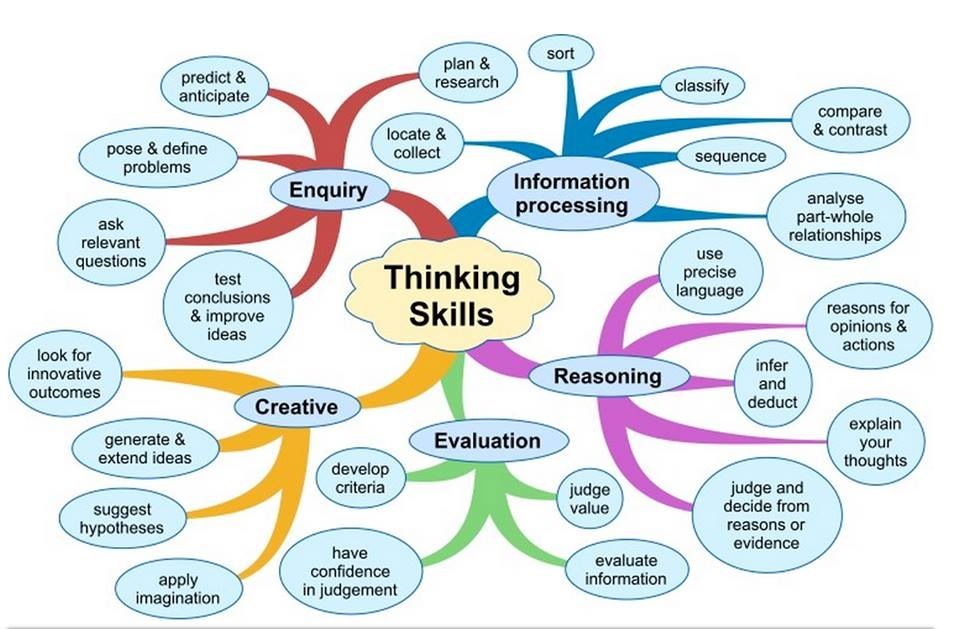 32 841.92] /Contents 177 0R /group> /Tabs /S /StructParents 38 >> endobj 27 0 obj > /ProcSet [/PDF /Text /ImageB /ImageC /ImageI] >> /MediaBox [0 0 595.32 841.92] /Contents 178 0R /group> /Tabs /S /StructParents 39 >> endobj 28 0 obj > /ProcSet [/PDF /Text /ImageB /ImageC /ImageI] >> /MediaBox [0 0 595.32 841.92] /Contents 179 0R /group> /Tabs /S /StructParents 40 >> endobj 29 0 obj > /ProcSet [/PDF /Text /ImageB /ImageC /ImageI] >> /MediaBox[0 0 595.32 841.92] /Contents 180 0 R /group> /Tabs /S /StructParents 41 >> endobj 30 0 obj > /ProcSet [/PDF /Text /ImageB /ImageC /ImageI] >> /MediaBox [0 0 595.32 841.92] /Contents 181 0 R /group> /Tabs /S /StructParents 42 >> endobj 31 0 obj > /ProcSet [/PDF /Text /ImageB /ImageC /ImageI] >> /MediaBox [0 0 595.32 841.92] /Contents 182 0R /group> /Tabs /S /StructParents 43 >> endobj 32 0 obj > /ProcSet [/PDF /Text /ImageB /ImageC /ImageI] >> /MediaBox[0 0 595.32 841.92] /Contents 183 0 R /group> /Tabs /S /StructParents 44 >> endobj 33 0 obj > /ProcSet [/PDF /Text /ImageB /ImageC /ImageI] >> /MediaBox [0 0 595.
32 841.92] /Contents 177 0R /group> /Tabs /S /StructParents 38 >> endobj 27 0 obj > /ProcSet [/PDF /Text /ImageB /ImageC /ImageI] >> /MediaBox [0 0 595.32 841.92] /Contents 178 0R /group> /Tabs /S /StructParents 39 >> endobj 28 0 obj > /ProcSet [/PDF /Text /ImageB /ImageC /ImageI] >> /MediaBox [0 0 595.32 841.92] /Contents 179 0R /group> /Tabs /S /StructParents 40 >> endobj 29 0 obj > /ProcSet [/PDF /Text /ImageB /ImageC /ImageI] >> /MediaBox[0 0 595.32 841.92] /Contents 180 0 R /group> /Tabs /S /StructParents 41 >> endobj 30 0 obj > /ProcSet [/PDF /Text /ImageB /ImageC /ImageI] >> /MediaBox [0 0 595.32 841.92] /Contents 181 0 R /group> /Tabs /S /StructParents 42 >> endobj 31 0 obj > /ProcSet [/PDF /Text /ImageB /ImageC /ImageI] >> /MediaBox [0 0 595.32 841.92] /Contents 182 0R /group> /Tabs /S /StructParents 43 >> endobj 32 0 obj > /ProcSet [/PDF /Text /ImageB /ImageC /ImageI] >> /MediaBox[0 0 595.32 841.92] /Contents 183 0 R /group> /Tabs /S /StructParents 44 >> endobj 33 0 obj > /ProcSet [/PDF /Text /ImageB /ImageC /ImageI] >> /MediaBox [0 0 595. 32 841.92] /Contents 184 0 R /group> /Tabs /S /StructParents 45 >> endobj 34 0 obj > /ProcSet [/PDF /Text /ImageB /ImageC /ImageI] >> /MediaBox [0 0 595.32 841.92] /Contents 185 0 R /group> /Tabs /S /StructParents 46 >> endobj 35 0 obj > /ProcSet [/PDF /Text /ImageB /ImageC /ImageI] >> /MediaBox[0 0 595.32 841.92] /Contents 186 0R /group> /Tabs /S /StructParents 47 >> endobj 36 0 obj > /ProcSet [/PDF /Text /ImageB /ImageC /ImageI] >> /MediaBox [0 0 595.32 841.92] /Contents 187 0R /group> /Tabs /S /StructParents 48 >> endobj 37 0 obj > /ProcSet [/PDF /Text /ImageB /ImageC /ImageI] >> /MediaBox [0 0 595.32 841.92] /Contents 188 0 R /group> /Tabs /S /StructParents 49 >> endobj 38 0 obj > /ProcSet [/PDF /Text /ImageB /ImageC /ImageI] >> /MediaBox[0 0 595.32 841.92] /Contents 189 0 R /group> /Tabs /S /StructParents 50 >> endobj 39 0 obj > /ProcSet [/PDF /Text /ImageB /ImageC /ImageI] >> /MediaBox [0 0 595.32 841.92] /Contents 190 0 R /group> /Tabs /S /StructParents 51 >> endobj 40 0 obj > /ProcSet [/PDF /Text /ImageB /ImageC /ImageI] >> /MediaBox [0 0 595.
32 841.92] /Contents 184 0 R /group> /Tabs /S /StructParents 45 >> endobj 34 0 obj > /ProcSet [/PDF /Text /ImageB /ImageC /ImageI] >> /MediaBox [0 0 595.32 841.92] /Contents 185 0 R /group> /Tabs /S /StructParents 46 >> endobj 35 0 obj > /ProcSet [/PDF /Text /ImageB /ImageC /ImageI] >> /MediaBox[0 0 595.32 841.92] /Contents 186 0R /group> /Tabs /S /StructParents 47 >> endobj 36 0 obj > /ProcSet [/PDF /Text /ImageB /ImageC /ImageI] >> /MediaBox [0 0 595.32 841.92] /Contents 187 0R /group> /Tabs /S /StructParents 48 >> endobj 37 0 obj > /ProcSet [/PDF /Text /ImageB /ImageC /ImageI] >> /MediaBox [0 0 595.32 841.92] /Contents 188 0 R /group> /Tabs /S /StructParents 49 >> endobj 38 0 obj > /ProcSet [/PDF /Text /ImageB /ImageC /ImageI] >> /MediaBox[0 0 595.32 841.92] /Contents 189 0 R /group> /Tabs /S /StructParents 50 >> endobj 39 0 obj > /ProcSet [/PDF /Text /ImageB /ImageC /ImageI] >> /MediaBox [0 0 595.32 841.92] /Contents 190 0 R /group> /Tabs /S /StructParents 51 >> endobj 40 0 obj > /ProcSet [/PDF /Text /ImageB /ImageC /ImageI] >> /MediaBox [0 0 595.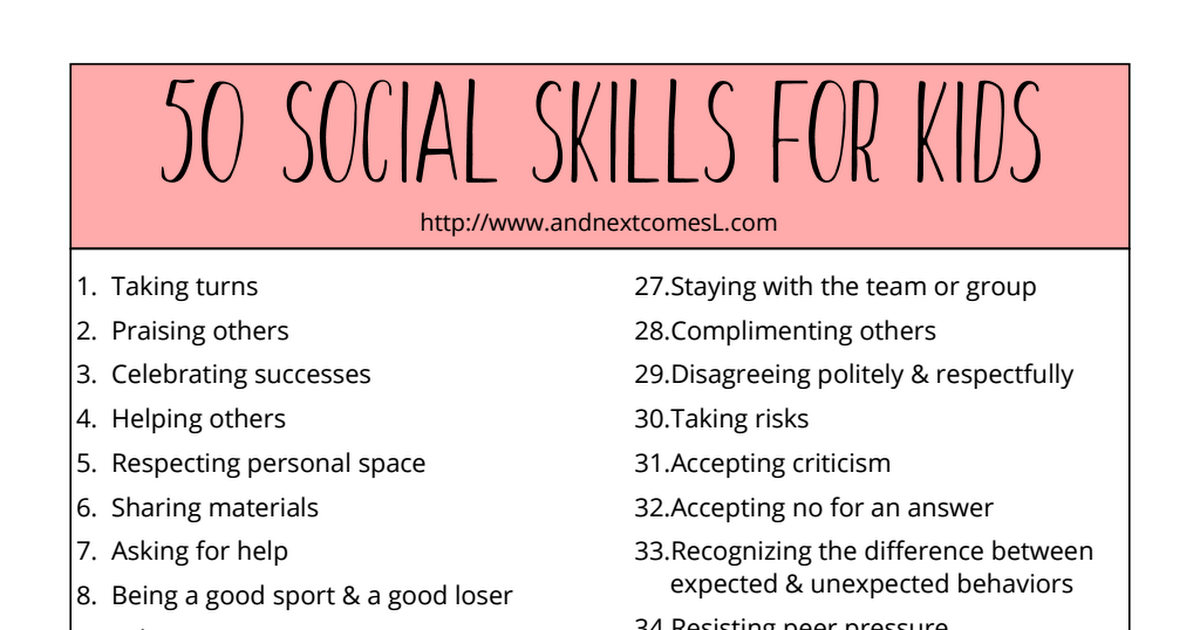 32 841.92] /Contents 191 0 R /group> /Tabs /S /StructParents 52 >> endobj 41 0 obj > /ProcSet [/PDF /Text /ImageB /ImageC /ImageI] >> /MediaBox[0 0 595.32 841.92] /Contents 192 0 R /group> /Tabs /S /StructParents 53 >> endobj 42 0 obj > /XObject> /ProcSet [/PDF /Text /ImageB /ImageC /ImageI] >> /MediaBox [0 0 595.32 841.92] /Contents 194 0 R /group> /Tabs /S /StructParents 54 >> endobj 43 0 obj > /ProcSet [/PDF /Text /ImageB /ImageC /ImageI] >> /MediaBox [0 0 595.32 841.92] /Contents 195 0R /group> /Tabs /S /StructParents 55 >> endobj 44 0 obj > /XObject> /ProcSet [/PDF /Text /ImageB /ImageC /ImageI] >> /MediaBox[0 0 595.32 841.92] /Contents 197 0 R /group> /Tabs /S /StructParents 56 >> endobj 45 0 obj > /ProcSet [/PDF /Text /ImageB /ImageC /ImageI] >> /MediaBox [0 0 595.32 841.92] /Contents 198 0 R /group> /Tabs /S /StructParents 57 >> endobj 46 0 obj > /ProcSet [/PDF /Text /ImageB /ImageC /ImageI] >> /MediaBox [0 0 595.32 841.92] /Contents 199 0 R /group> /Tabs /S /StructParents 58 >> endobj 47 0 obj > /ProcSet [/PDF /Text /ImageB /ImageC /ImageI] >> /MediaBox[0 0 595.
32 841.92] /Contents 191 0 R /group> /Tabs /S /StructParents 52 >> endobj 41 0 obj > /ProcSet [/PDF /Text /ImageB /ImageC /ImageI] >> /MediaBox[0 0 595.32 841.92] /Contents 192 0 R /group> /Tabs /S /StructParents 53 >> endobj 42 0 obj > /XObject> /ProcSet [/PDF /Text /ImageB /ImageC /ImageI] >> /MediaBox [0 0 595.32 841.92] /Contents 194 0 R /group> /Tabs /S /StructParents 54 >> endobj 43 0 obj > /ProcSet [/PDF /Text /ImageB /ImageC /ImageI] >> /MediaBox [0 0 595.32 841.92] /Contents 195 0R /group> /Tabs /S /StructParents 55 >> endobj 44 0 obj > /XObject> /ProcSet [/PDF /Text /ImageB /ImageC /ImageI] >> /MediaBox[0 0 595.32 841.92] /Contents 197 0 R /group> /Tabs /S /StructParents 56 >> endobj 45 0 obj > /ProcSet [/PDF /Text /ImageB /ImageC /ImageI] >> /MediaBox [0 0 595.32 841.92] /Contents 198 0 R /group> /Tabs /S /StructParents 57 >> endobj 46 0 obj > /ProcSet [/PDF /Text /ImageB /ImageC /ImageI] >> /MediaBox [0 0 595.32 841.92] /Contents 199 0 R /group> /Tabs /S /StructParents 58 >> endobj 47 0 obj > /ProcSet [/PDF /Text /ImageB /ImageC /ImageI] >> /MediaBox[0 0 595.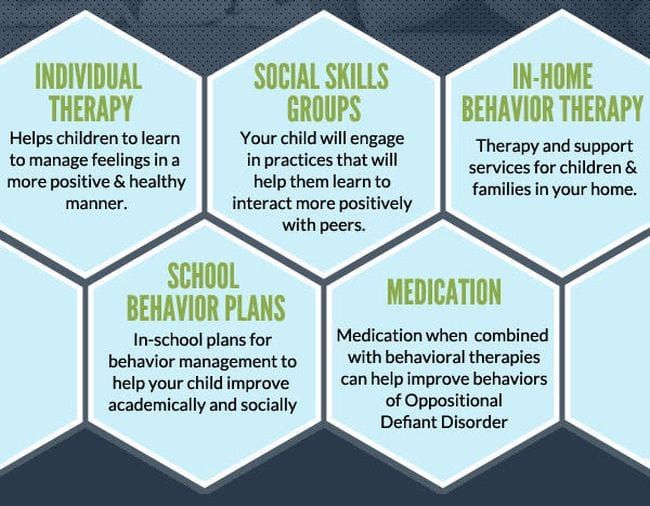 32 841.92] /Contents 200 0 R /group> /Tabs /S /StructParents 59 >> endobj 48 0 obj > /ProcSet [/PDF /Text /ImageB /ImageC /ImageI] >> /MediaBox [0 0 595.32 841.92] /Contents 202 0 R /group> /Tabs /S /StructParents 60 >> endobj 49 0 obj > /ProcSet [/PDF /Text /ImageB /ImageC /ImageI] >> /MediaBox [0 0 595.32 841.92] /Contents 203 0R /group> /Tabs /S /StructParents 61 >> endobj 50 0 obj > /ProcSet [/PDF /Text /ImageB /ImageC /ImageI] >> /MediaBox[0 0 595.32 841.92] /Contents 204 0 R /group> /Tabs /S /StructParents 62 >> endobj 51 0 obj > /ProcSet [/PDF /Text /ImageB /ImageC /ImageI] >> /MediaBox [0 0 595.32 841.92] /Contents 205 0 R /group> /Tabs /S /StructParents 63 >> endobj 52 0 obj > /ProcSet [/PDF /Text /ImageB /ImageC /ImageI] >> /MediaBox [0 0 595.32 841.92] /Contents 206 0R /group> /Tabs /S /StructParents 64 >> endobj 53 0 obj > /ProcSet [/PDF /Text /ImageB /ImageC /ImageI] >> /MediaBox[0 0 595.32 841.92] /Contents 207 0 R /group> /Tabs /S /StructParents 65 >> endobj 54 0 obj > /ProcSet [/PDF /Text /ImageB /ImageC /ImageI] >> /MediaBox [0 0 595.
32 841.92] /Contents 200 0 R /group> /Tabs /S /StructParents 59 >> endobj 48 0 obj > /ProcSet [/PDF /Text /ImageB /ImageC /ImageI] >> /MediaBox [0 0 595.32 841.92] /Contents 202 0 R /group> /Tabs /S /StructParents 60 >> endobj 49 0 obj > /ProcSet [/PDF /Text /ImageB /ImageC /ImageI] >> /MediaBox [0 0 595.32 841.92] /Contents 203 0R /group> /Tabs /S /StructParents 61 >> endobj 50 0 obj > /ProcSet [/PDF /Text /ImageB /ImageC /ImageI] >> /MediaBox[0 0 595.32 841.92] /Contents 204 0 R /group> /Tabs /S /StructParents 62 >> endobj 51 0 obj > /ProcSet [/PDF /Text /ImageB /ImageC /ImageI] >> /MediaBox [0 0 595.32 841.92] /Contents 205 0 R /group> /Tabs /S /StructParents 63 >> endobj 52 0 obj > /ProcSet [/PDF /Text /ImageB /ImageC /ImageI] >> /MediaBox [0 0 595.32 841.92] /Contents 206 0R /group> /Tabs /S /StructParents 64 >> endobj 53 0 obj > /ProcSet [/PDF /Text /ImageB /ImageC /ImageI] >> /MediaBox[0 0 595.32 841.92] /Contents 207 0 R /group> /Tabs /S /StructParents 65 >> endobj 54 0 obj > /ProcSet [/PDF /Text /ImageB /ImageC /ImageI] >> /MediaBox [0 0 595.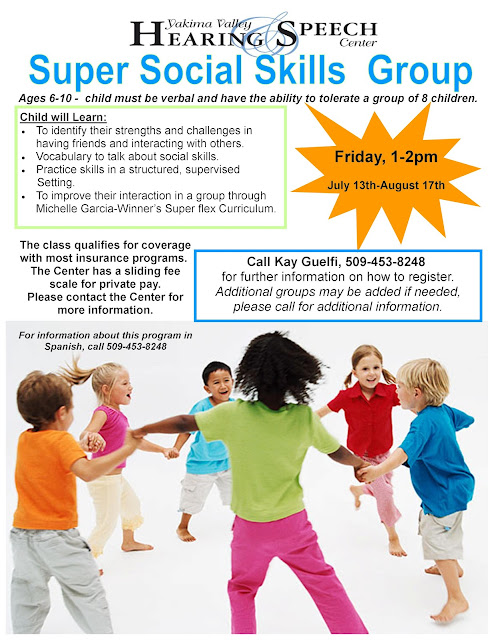 32 841.92] /Contents 208 0R /group> /Tabs /S /StructParents 66 >> endobj 55 0 obj > /ProcSet [/PDF /Text /ImageB /ImageC /ImageI] >> /MediaBox [0 0 595.32 841.92] /Contents 209 0 R /group> /Tabs /S /StructParents 67 >> endobj 56 0 obj > /XObject> /ProcSet [/PDF /Text /ImageB /ImageC /ImageI] >> /MediaBox[0 0 595.32 841.92] /Contents 211 0 R /group> /Tabs /S /StructParents 68 >> endobj 57 0 obj > /XObject> /ProcSet [/PDF /Text /ImageB /ImageC /ImageI] >> /MediaBox [0 0 595.32 841.92] /Contents 213 0R /group> /Tabs /S /StructParents 69 >> endobj 58 0 obj > /XObject> /ProcSet [/PDF /Text /ImageB /ImageC /ImageI] >> /MediaBox [0 0 595.32 841.92] /Contents 215 0R /group> /Tabs /S /StructParents 70 >> endobj 59 0 obj > /ProcSet [/PDF /Text /ImageB /ImageC /ImageI] >> /MediaBox[0 0 595.32 841.92] /Contents 216 0 R /group> /Tabs /S /StructParents 71 >> endobj 60 0 obj > /ProcSet [/PDF /Text /ImageB /ImageC /ImageI] >> /MediaBox [0 0 595.32 841.92] /Contents 217 0 R /group> /Tabs /S /StructParents 72 >> endobj 61 0 obj > /ProcSet [/PDF /Text /ImageB /ImageC /ImageI] >> /MediaBox [0 0 595.
32 841.92] /Contents 208 0R /group> /Tabs /S /StructParents 66 >> endobj 55 0 obj > /ProcSet [/PDF /Text /ImageB /ImageC /ImageI] >> /MediaBox [0 0 595.32 841.92] /Contents 209 0 R /group> /Tabs /S /StructParents 67 >> endobj 56 0 obj > /XObject> /ProcSet [/PDF /Text /ImageB /ImageC /ImageI] >> /MediaBox[0 0 595.32 841.92] /Contents 211 0 R /group> /Tabs /S /StructParents 68 >> endobj 57 0 obj > /XObject> /ProcSet [/PDF /Text /ImageB /ImageC /ImageI] >> /MediaBox [0 0 595.32 841.92] /Contents 213 0R /group> /Tabs /S /StructParents 69 >> endobj 58 0 obj > /XObject> /ProcSet [/PDF /Text /ImageB /ImageC /ImageI] >> /MediaBox [0 0 595.32 841.92] /Contents 215 0R /group> /Tabs /S /StructParents 70 >> endobj 59 0 obj > /ProcSet [/PDF /Text /ImageB /ImageC /ImageI] >> /MediaBox[0 0 595.32 841.92] /Contents 216 0 R /group> /Tabs /S /StructParents 71 >> endobj 60 0 obj > /ProcSet [/PDF /Text /ImageB /ImageC /ImageI] >> /MediaBox [0 0 595.32 841.92] /Contents 217 0 R /group> /Tabs /S /StructParents 72 >> endobj 61 0 obj > /ProcSet [/PDF /Text /ImageB /ImageC /ImageI] >> /MediaBox [0 0 595.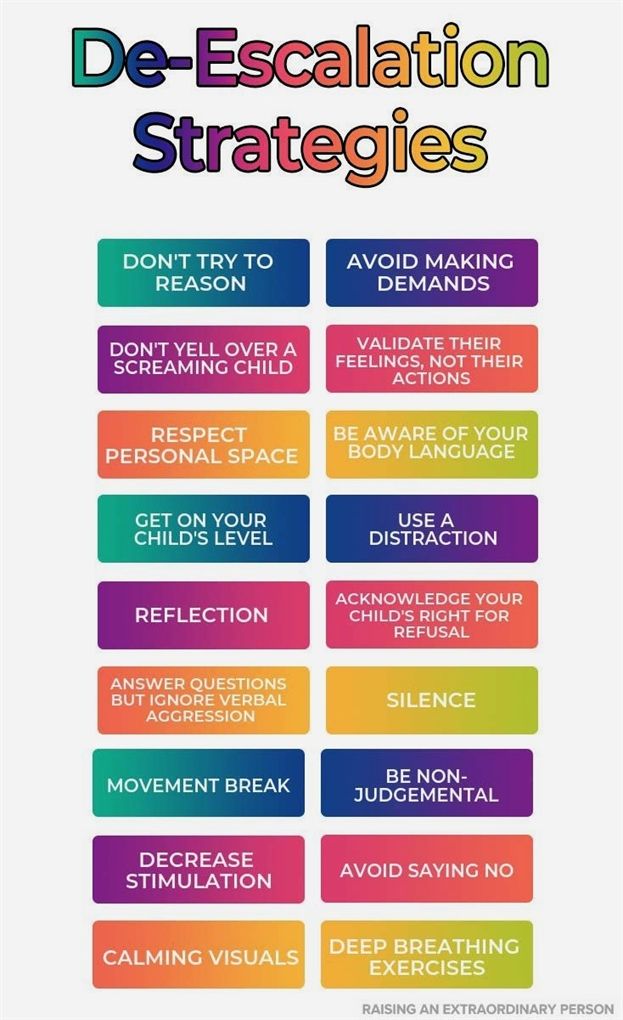 32 841.92] /Contents 218 0R /group> /Tabs /S /StructParents 73 >> endobj 62 0 obj > /ProcSet [/PDF /Text /ImageB /ImageC /ImageI] >> /MediaBox[0 0 595.32 841.92] /Contents 219 0 R /group> /Tabs /S /StructParents 74 >> endobj 63 0 obj > /ProcSet [/PDF /Text /ImageB /ImageC /ImageI] >> /MediaBox [0 0 595.32 841.92] /Contents 220 0 R /group> /Tabs /S /StructParents 75 >> endobj 64 0 obj > /ProcSet [/PDF /Text /ImageB /ImageC /ImageI] >> /MediaBox [0 0 595.32 841.92] /Contents 222 0R /group> /Tabs /S /StructParents 76 >> endobj 65 0 obj > /ProcSet [/PDF /Text /ImageB /ImageC /ImageI] >> /MediaBox[0 0 595.32 841.92] /Contents 223 0R /group> /Tabs /S /StructParents 77 >> endobj 66 0 obj > /ProcSet [/PDF /Text /ImageB /ImageC /ImageI] >> /MediaBox [0 0 595.32 841.92] /Contents 224 0 R /group> /Tabs /S /StructParents 78 >> endobj 67 0 obj > /ProcSet [/PDF /Text /ImageB /ImageC /ImageI] >> /MediaBox [0 0 595.32 841.92] /Contents 225 0 R /group> /Tabs /S /StructParents 79 >> endobj 68 0 obj > /ProcSet [/PDF /Text /ImageB /ImageC /ImageI] >> /MediaBox[0 0 595.
32 841.92] /Contents 218 0R /group> /Tabs /S /StructParents 73 >> endobj 62 0 obj > /ProcSet [/PDF /Text /ImageB /ImageC /ImageI] >> /MediaBox[0 0 595.32 841.92] /Contents 219 0 R /group> /Tabs /S /StructParents 74 >> endobj 63 0 obj > /ProcSet [/PDF /Text /ImageB /ImageC /ImageI] >> /MediaBox [0 0 595.32 841.92] /Contents 220 0 R /group> /Tabs /S /StructParents 75 >> endobj 64 0 obj > /ProcSet [/PDF /Text /ImageB /ImageC /ImageI] >> /MediaBox [0 0 595.32 841.92] /Contents 222 0R /group> /Tabs /S /StructParents 76 >> endobj 65 0 obj > /ProcSet [/PDF /Text /ImageB /ImageC /ImageI] >> /MediaBox[0 0 595.32 841.92] /Contents 223 0R /group> /Tabs /S /StructParents 77 >> endobj 66 0 obj > /ProcSet [/PDF /Text /ImageB /ImageC /ImageI] >> /MediaBox [0 0 595.32 841.92] /Contents 224 0 R /group> /Tabs /S /StructParents 78 >> endobj 67 0 obj > /ProcSet [/PDF /Text /ImageB /ImageC /ImageI] >> /MediaBox [0 0 595.32 841.92] /Contents 225 0 R /group> /Tabs /S /StructParents 79 >> endobj 68 0 obj > /ProcSet [/PDF /Text /ImageB /ImageC /ImageI] >> /MediaBox[0 0 595.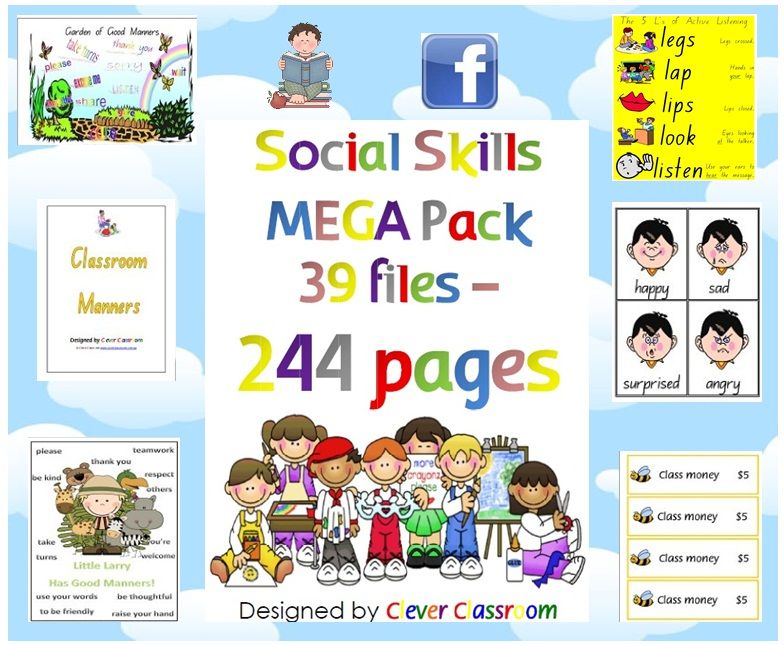 32 841.92] /Contents 226 0R /group> /Tabs /S /StructParents 80 >> endobj 69 0 obj > /ProcSet [/PDF /Text /ImageB /ImageC /ImageI] >> /MediaBox [0 0 595.32 841.92] /Contents 227 0R /group> /Tabs /S /StructParents 81 >> endobj 70 0 obj > /ProcSet [/PDF /Text /ImageB /ImageC /ImageI] >> /MediaBox [0 0 595.32 841.92] /Contents 228 0R /group> /Tabs /S /StructParents 82 >> endobj 71 0 obj > /ProcSet [/PDF /Text /ImageB /ImageC /ImageI] >> /MediaBox[0 0 841.92 595.32] /Contents 229 0 R /group> /Tabs /S /StructParents 83 >> endobj 72 0 obj > /ProcSet [/PDF /Text /ImageB /ImageC /ImageI] >> /MediaBox [0 0 841.92 595.32] /Contents 230 0 R /group> /Tabs /S /StructParents 84 >> endobj 73 0 obj > /ProcSet [/PDF /Text /ImageB /ImageC /ImageI] >> /MediaBox [0 0 841.92 595.32] /Contents 231 0 R /group> /Tabs /S /StructParents 85 >> endobj 74 0 obj > /ProcSet [/PDF /Text /ImageB /ImageC /ImageI] >> /MediaBox[0 0 841.92 595.32] /Contents 232 0R /group> /Tabs /S /StructParents 86 >> endobj 75 0 obj > /ProcSet [/PDF /Text /ImageB /ImageC /ImageI] >> /MediaBox [0 0 595.
32 841.92] /Contents 226 0R /group> /Tabs /S /StructParents 80 >> endobj 69 0 obj > /ProcSet [/PDF /Text /ImageB /ImageC /ImageI] >> /MediaBox [0 0 595.32 841.92] /Contents 227 0R /group> /Tabs /S /StructParents 81 >> endobj 70 0 obj > /ProcSet [/PDF /Text /ImageB /ImageC /ImageI] >> /MediaBox [0 0 595.32 841.92] /Contents 228 0R /group> /Tabs /S /StructParents 82 >> endobj 71 0 obj > /ProcSet [/PDF /Text /ImageB /ImageC /ImageI] >> /MediaBox[0 0 841.92 595.32] /Contents 229 0 R /group> /Tabs /S /StructParents 83 >> endobj 72 0 obj > /ProcSet [/PDF /Text /ImageB /ImageC /ImageI] >> /MediaBox [0 0 841.92 595.32] /Contents 230 0 R /group> /Tabs /S /StructParents 84 >> endobj 73 0 obj > /ProcSet [/PDF /Text /ImageB /ImageC /ImageI] >> /MediaBox [0 0 841.92 595.32] /Contents 231 0 R /group> /Tabs /S /StructParents 85 >> endobj 74 0 obj > /ProcSet [/PDF /Text /ImageB /ImageC /ImageI] >> /MediaBox[0 0 841.92 595.32] /Contents 232 0R /group> /Tabs /S /StructParents 86 >> endobj 75 0 obj > /ProcSet [/PDF /Text /ImageB /ImageC /ImageI] >> /MediaBox [0 0 595. 32 841.92] /Contents 233 0 R /group> /Tabs /S /StructParents 87 >> endobj 76 0 obj > /ProcSet [/PDF /Text /ImageB /ImageC /ImageI] >> /MediaBox [0 0 595.32 841.92] /Contents 234 0 R /group> /Tabs /S /StructParents 88 >> endobj 77 0 obj > /ProcSet [/PDF /Text /ImageB /ImageC /ImageI] >> /MediaBox[0 0 595.32 841.92] /Contents 235 0R /group> /Tabs /S /StructParents 89 >> endobj 78 0 obj > /ProcSet [/PDF /Text /ImageB /ImageC /ImageI] >> /MediaBox [0 0 595.32 841.92] /Contents 236 0 R /group> /Tabs /S /StructParents 90 >> endobj 79 0 obj > /ProcSet [/PDF /Text /ImageB /ImageC /ImageI] >> /MediaBox [0 0 841.92 595.32] /Contents 237 0R /group> /Tabs /S /StructParents 91 >> endobj 80 0 obj > /ProcSet [/PDF /Text /ImageB /ImageC /ImageI] >> /MediaBox[0 0 841.92 595.32] /Contents 238 0 R /group> /Tabs /S /StructParents 92 >> endobj 81 0 obj > /XObject> /ProcSet [/PDF /Text /ImageB /ImageC /ImageI] >> /MediaBox [0 0 595.32 841.92] /Contents 241 0 R /group> /Tabs /S /StructParents 93 >> endobj 82 0 obj > /XObject> /ProcSet [/PDF /Text /ImageB /ImageC /ImageI] >> /MediaBox [0 0 595.
32 841.92] /Contents 233 0 R /group> /Tabs /S /StructParents 87 >> endobj 76 0 obj > /ProcSet [/PDF /Text /ImageB /ImageC /ImageI] >> /MediaBox [0 0 595.32 841.92] /Contents 234 0 R /group> /Tabs /S /StructParents 88 >> endobj 77 0 obj > /ProcSet [/PDF /Text /ImageB /ImageC /ImageI] >> /MediaBox[0 0 595.32 841.92] /Contents 235 0R /group> /Tabs /S /StructParents 89 >> endobj 78 0 obj > /ProcSet [/PDF /Text /ImageB /ImageC /ImageI] >> /MediaBox [0 0 595.32 841.92] /Contents 236 0 R /group> /Tabs /S /StructParents 90 >> endobj 79 0 obj > /ProcSet [/PDF /Text /ImageB /ImageC /ImageI] >> /MediaBox [0 0 841.92 595.32] /Contents 237 0R /group> /Tabs /S /StructParents 91 >> endobj 80 0 obj > /ProcSet [/PDF /Text /ImageB /ImageC /ImageI] >> /MediaBox[0 0 841.92 595.32] /Contents 238 0 R /group> /Tabs /S /StructParents 92 >> endobj 81 0 obj > /XObject> /ProcSet [/PDF /Text /ImageB /ImageC /ImageI] >> /MediaBox [0 0 595.32 841.92] /Contents 241 0 R /group> /Tabs /S /StructParents 93 >> endobj 82 0 obj > /XObject> /ProcSet [/PDF /Text /ImageB /ImageC /ImageI] >> /MediaBox [0 0 595.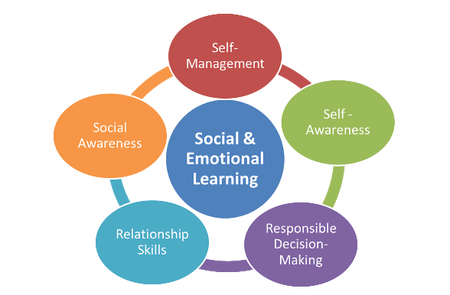 32 841.92] /Contents 245 0 R /group> /Tabs /S /StructParents 94 >> endobj 83 0 obj > /XObject> /ProcSet [/PDF /Text /ImageB /ImageC /ImageI] >> /MediaBox[0 0 595.32 841.92] /Contents 248 0R /group> /Tabs /S /StructParents 95 >> endobj 84 0 obj > /XObject> /ProcSet [/PDF /Text /ImageB /ImageC /ImageI] >> /MediaBox [0 0 595.32 841.92] /Contents 252 0R /group> /Tabs /S /StructParents 96 >> endobj 85 0 obj > /ProcSet [/PDF /Text /ImageB /ImageC /ImageI] >> /MediaBox [0 0 841.92 595.32] /Contents 253 0 R /group> /Tabs /S /StructParents 97 >> endobj 86 0 obj > /ProcSet [/PDF /Text /ImageB /ImageC /ImageI] >> /MediaBox[0 0 841.92 595.32] /Contents 254 0 R /group> /Tabs /S /StructParents 98 >> endobj 87 0 obj > /ProcSet [/PDF /Text /ImageB /ImageC /ImageI] >> /MediaBox [0 0 841.92 595.32] /Contents 255 0R /group> /Tabs /S /StructParents 99 >> endobj 88 0 obj > /ProcSet [/PDF /Text /ImageB /ImageC /ImageI] >> /MediaBox [0 0 841.92 595.32] /Contents 256 0R /group> /Tabs /S /StructParents 100 >> endobj 89 0 obj > /ProcSet [/PDF /Text /ImageB /ImageC /ImageI] >> /MediaBox[0 0 841.
32 841.92] /Contents 245 0 R /group> /Tabs /S /StructParents 94 >> endobj 83 0 obj > /XObject> /ProcSet [/PDF /Text /ImageB /ImageC /ImageI] >> /MediaBox[0 0 595.32 841.92] /Contents 248 0R /group> /Tabs /S /StructParents 95 >> endobj 84 0 obj > /XObject> /ProcSet [/PDF /Text /ImageB /ImageC /ImageI] >> /MediaBox [0 0 595.32 841.92] /Contents 252 0R /group> /Tabs /S /StructParents 96 >> endobj 85 0 obj > /ProcSet [/PDF /Text /ImageB /ImageC /ImageI] >> /MediaBox [0 0 841.92 595.32] /Contents 253 0 R /group> /Tabs /S /StructParents 97 >> endobj 86 0 obj > /ProcSet [/PDF /Text /ImageB /ImageC /ImageI] >> /MediaBox[0 0 841.92 595.32] /Contents 254 0 R /group> /Tabs /S /StructParents 98 >> endobj 87 0 obj > /ProcSet [/PDF /Text /ImageB /ImageC /ImageI] >> /MediaBox [0 0 841.92 595.32] /Contents 255 0R /group> /Tabs /S /StructParents 99 >> endobj 88 0 obj > /ProcSet [/PDF /Text /ImageB /ImageC /ImageI] >> /MediaBox [0 0 841.92 595.32] /Contents 256 0R /group> /Tabs /S /StructParents 100 >> endobj 89 0 obj > /ProcSet [/PDF /Text /ImageB /ImageC /ImageI] >> /MediaBox[0 0 841.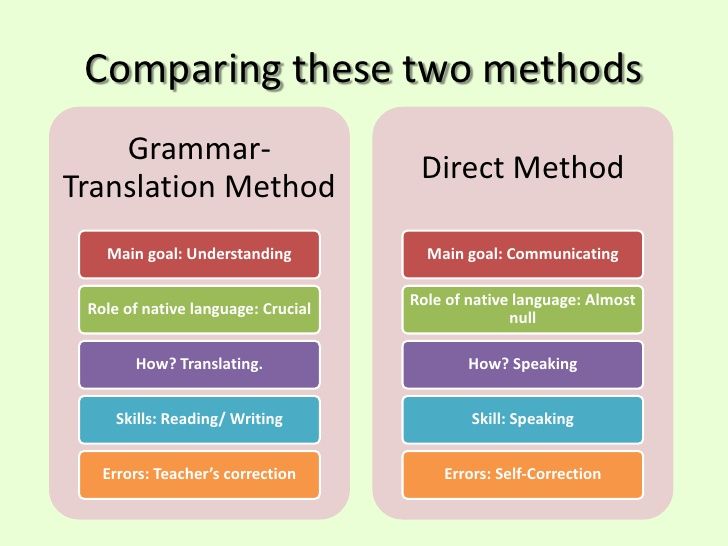 92 595.32] /Contents 257 0R /group> /Tabs /S /StructParents 101 >> endobj 90 0 obj > /ProcSet [/PDF /Text /ImageB /ImageC /ImageI] >> /MediaBox [0 0 841.92 595.32] /Contents 258 0 R /group> /Tabs /S /StructParents 102 >> endobj 91 0 obj > /ProcSet [/PDF /Text /ImageB /ImageC /ImageI] >> /MediaBox [0 0 841.92 595.32] /Contents 259 0 R /group> /Tabs /S /StructParents 103 >> endobj 92 0 obj > /ProcSet [/PDF /Text /ImageB /ImageC /ImageI] >> /MediaBox[0 0 841.92 595.32] /Contents 260 0 R /group> /Tabs /S /StructParents 104 >> endobj 93 0 obj > /ProcSet [/PDF /Text /ImageB /ImageC /ImageI] >> /MediaBox [0 0 841.92 595.32] /Contents 261 0 R /group> /Tabs /S /StructParents 105 >> endobj 94 0 obj > /ProcSet [/PDF /Text /ImageB /ImageC /ImageI] >> /MediaBox [0 0 841.92 595.32] /Contents 262 0R /group> /Tabs /S /StructParents 106 >> endobj 95 0 obj > /ProcSet [/PDF /Text /ImageB /ImageC /ImageI] >> /MediaBox[0 0 841.92 595.32] /Contents 263 0 R /group> /Tabs /S /StructParents 107 >> endobj 96 0 obj > /ProcSet [/PDF /Text /ImageB /ImageC /ImageI] >> /MediaBox [0 0 841.
92 595.32] /Contents 257 0R /group> /Tabs /S /StructParents 101 >> endobj 90 0 obj > /ProcSet [/PDF /Text /ImageB /ImageC /ImageI] >> /MediaBox [0 0 841.92 595.32] /Contents 258 0 R /group> /Tabs /S /StructParents 102 >> endobj 91 0 obj > /ProcSet [/PDF /Text /ImageB /ImageC /ImageI] >> /MediaBox [0 0 841.92 595.32] /Contents 259 0 R /group> /Tabs /S /StructParents 103 >> endobj 92 0 obj > /ProcSet [/PDF /Text /ImageB /ImageC /ImageI] >> /MediaBox[0 0 841.92 595.32] /Contents 260 0 R /group> /Tabs /S /StructParents 104 >> endobj 93 0 obj > /ProcSet [/PDF /Text /ImageB /ImageC /ImageI] >> /MediaBox [0 0 841.92 595.32] /Contents 261 0 R /group> /Tabs /S /StructParents 105 >> endobj 94 0 obj > /ProcSet [/PDF /Text /ImageB /ImageC /ImageI] >> /MediaBox [0 0 841.92 595.32] /Contents 262 0R /group> /Tabs /S /StructParents 106 >> endobj 95 0 obj > /ProcSet [/PDF /Text /ImageB /ImageC /ImageI] >> /MediaBox[0 0 841.92 595.32] /Contents 263 0 R /group> /Tabs /S /StructParents 107 >> endobj 96 0 obj > /ProcSet [/PDF /Text /ImageB /ImageC /ImageI] >> /MediaBox [0 0 841. 92 595.32] /Contents 264 0 R /group> /Tabs /S /StructParents 108 >> endobj 97 0 obj > /ProcSet [/PDF /Text /ImageB /ImageC /ImageI] >> /MediaBox [0 0 841.92 595.32] /Contents 265 0R /group> /Tabs /S /StructParents 109 >> endobj 98 0 obj > /ProcSet [/PDF /Text /ImageB /ImageC /ImageI] >> /MediaBox[0 0 841.92 595.32] /Contents 266 0R /group> /Tabs /S /StructParents 110 >> endobj 99 0 obj > /ProcSet [/PDF /Text /ImageB /ImageC /ImageI] >> /MediaBox [0 0 595.32 841.92] /Contents 267 0R /group> /Tabs /S /StructParents 111 >> endobj 100 0 obj > /ProcSet [/PDF /Text /ImageB /ImageC /ImageI] >> /MediaBox [0 0 595.32 841.92] /Contents 268 0 R /group> /Tabs /S /StructParents 112 >> endobj 101 0 obj > /ProcSet [/PDF /Text /ImageB /ImageC /ImageI] >> /MediaBox[0 0 595.32 841.92] /Contents 269 0R /group> /Tabs /S /StructParents 113 >> endobj 102 0 obj > /ProcSet [/PDF /Text /ImageB /ImageC /ImageI] >> /MediaBox [0 0 595.32 841.92] /Contents 270 0 R /group> /Tabs /S /StructParents 114 >> endobj 103 0 obj > /ProcSet [/PDF /Text /ImageB /ImageC /ImageI] >> /MediaBox [0 0 595.
92 595.32] /Contents 264 0 R /group> /Tabs /S /StructParents 108 >> endobj 97 0 obj > /ProcSet [/PDF /Text /ImageB /ImageC /ImageI] >> /MediaBox [0 0 841.92 595.32] /Contents 265 0R /group> /Tabs /S /StructParents 109 >> endobj 98 0 obj > /ProcSet [/PDF /Text /ImageB /ImageC /ImageI] >> /MediaBox[0 0 841.92 595.32] /Contents 266 0R /group> /Tabs /S /StructParents 110 >> endobj 99 0 obj > /ProcSet [/PDF /Text /ImageB /ImageC /ImageI] >> /MediaBox [0 0 595.32 841.92] /Contents 267 0R /group> /Tabs /S /StructParents 111 >> endobj 100 0 obj > /ProcSet [/PDF /Text /ImageB /ImageC /ImageI] >> /MediaBox [0 0 595.32 841.92] /Contents 268 0 R /group> /Tabs /S /StructParents 112 >> endobj 101 0 obj > /ProcSet [/PDF /Text /ImageB /ImageC /ImageI] >> /MediaBox[0 0 595.32 841.92] /Contents 269 0R /group> /Tabs /S /StructParents 113 >> endobj 102 0 obj > /ProcSet [/PDF /Text /ImageB /ImageC /ImageI] >> /MediaBox [0 0 595.32 841.92] /Contents 270 0 R /group> /Tabs /S /StructParents 114 >> endobj 103 0 obj > /ProcSet [/PDF /Text /ImageB /ImageC /ImageI] >> /MediaBox [0 0 595.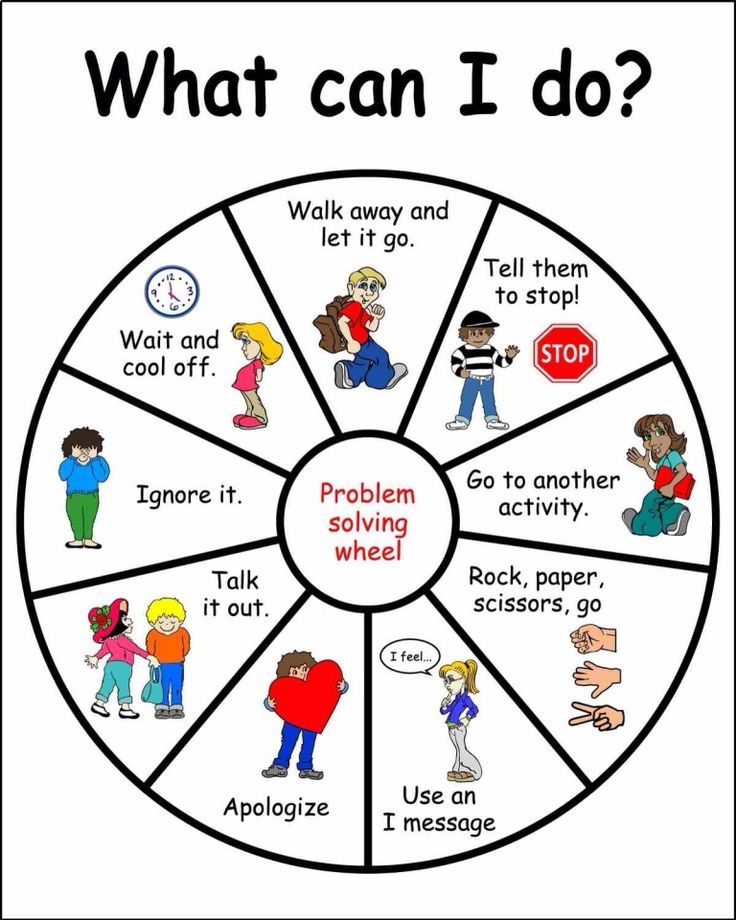 32 841.92] /Contents 271 0 R /group> /Tabs /S /StructParents 115 >> endobj 104 0 obj > /ProcSet [/PDF /Text /ImageB /ImageC /ImageI] >> /MediaBox[0 0 595.32 841.92] /Contents 272 0R /group> /Tabs /S /StructParents 116 >> endobj 105 0 obj > /ProcSet [/PDF /Text /ImageB /ImageC /ImageI] >> /MediaBox [0 0 595.32 841.92] /Contents 273 0 R /group> /Tabs /S /StructParents 117 >> endobj 106 0 obj > /ProcSet [/PDF /Text /ImageB /ImageC /ImageI] >> /MediaBox [0 0 595.32 841.92] /Contents 276 0 R /group> /Tabs /S /StructParents 118 >> endobj 107 0 obj > /ProcSet [/PDF /Text /ImageB /ImageC /ImageI] >> /MediaBox[0 0 595.32 841.92] /Contents 277 0 R /group> /Tabs /S /StructParents 119 >> endobj 108 0 obj > /ProcSet [/PDF /Text /ImageB /ImageC /ImageI] >> /MediaBox [0 0 595.32 841.92] /Contents 278 0 R /group> /Tabs /S /StructParents 120 >> endobj 109 0 obj > /ProcSet [/PDF /Text /ImageB /ImageC /ImageI] >> /MediaBox [0 0 595.32 841.92] /Contents 280 0 R /group> /Tabs /S /StructParents 121 >> endobj 110 0 obj > /ProcSet [/PDF /Text /ImageB /ImageC /ImageI] >> /MediaBox[0 0 595.
32 841.92] /Contents 271 0 R /group> /Tabs /S /StructParents 115 >> endobj 104 0 obj > /ProcSet [/PDF /Text /ImageB /ImageC /ImageI] >> /MediaBox[0 0 595.32 841.92] /Contents 272 0R /group> /Tabs /S /StructParents 116 >> endobj 105 0 obj > /ProcSet [/PDF /Text /ImageB /ImageC /ImageI] >> /MediaBox [0 0 595.32 841.92] /Contents 273 0 R /group> /Tabs /S /StructParents 117 >> endobj 106 0 obj > /ProcSet [/PDF /Text /ImageB /ImageC /ImageI] >> /MediaBox [0 0 595.32 841.92] /Contents 276 0 R /group> /Tabs /S /StructParents 118 >> endobj 107 0 obj > /ProcSet [/PDF /Text /ImageB /ImageC /ImageI] >> /MediaBox[0 0 595.32 841.92] /Contents 277 0 R /group> /Tabs /S /StructParents 119 >> endobj 108 0 obj > /ProcSet [/PDF /Text /ImageB /ImageC /ImageI] >> /MediaBox [0 0 595.32 841.92] /Contents 278 0 R /group> /Tabs /S /StructParents 120 >> endobj 109 0 obj > /ProcSet [/PDF /Text /ImageB /ImageC /ImageI] >> /MediaBox [0 0 595.32 841.92] /Contents 280 0 R /group> /Tabs /S /StructParents 121 >> endobj 110 0 obj > /ProcSet [/PDF /Text /ImageB /ImageC /ImageI] >> /MediaBox[0 0 595.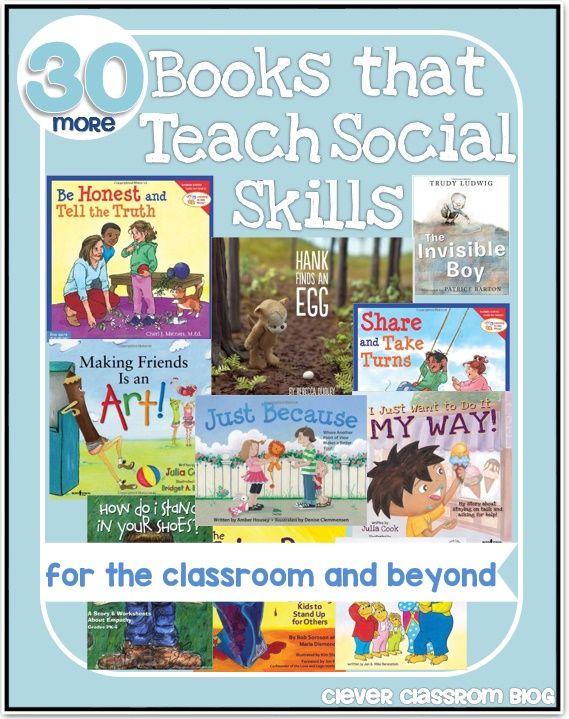 32 841.92] /Contents 281 0 R /group> /Tabs /S /StructParents 122 >> endobj 111 0 obj > /ProcSet [/PDF /Text /ImageB /ImageC /ImageI] >> /MediaBox [0 0 595.32 841.92] /Contents 282 0 R /group> /Tabs /S /StructParents 123 >> endobj 112 0 obj > /ProcSet [/PDF /Text /ImageB /ImageC /ImageI] >> /MediaBox [0 0 595.32 841.92] /Contents 283 0 R /group> /Tabs /S /StructParents 124 >> endobj 113 0 obj > /ProcSet [/PDF /Text /ImageB /ImageC /ImageI] >> /MediaBox[0 0 595.32 841.92] /Contents 284 0 R /group> /Tabs /S /StructParents 125 >> endobj 114 0 obj > /ProcSet [/PDF /Text /ImageB /ImageC /ImageI] >> /MediaBox [0 0 841.92 595.32] /Contents 285 0R /group> /Tabs /S /StructParents 126 >> endobj 115 0 obj > /ProcSet [/PDF /Text /ImageB /ImageC /ImageI] >> /MediaBox [0 0 841.92 595.32] /Contents 286 0R /group> /Tabs /S /StructParents 127 >> endobj 116 0 obj > /XObject> /ProcSet [/PDF /Text /ImageB /ImageC /ImageI] >> /MediaBox[0 0 595.32 841.92] /Contents 289 0 R /group> /Tabs /S /StructParents 128 >> endobj 117 0 obj > /XObject> /ProcSet [/PDF /Text /ImageB /ImageC /ImageI] >> /MediaBox [0 0 595.
32 841.92] /Contents 281 0 R /group> /Tabs /S /StructParents 122 >> endobj 111 0 obj > /ProcSet [/PDF /Text /ImageB /ImageC /ImageI] >> /MediaBox [0 0 595.32 841.92] /Contents 282 0 R /group> /Tabs /S /StructParents 123 >> endobj 112 0 obj > /ProcSet [/PDF /Text /ImageB /ImageC /ImageI] >> /MediaBox [0 0 595.32 841.92] /Contents 283 0 R /group> /Tabs /S /StructParents 124 >> endobj 113 0 obj > /ProcSet [/PDF /Text /ImageB /ImageC /ImageI] >> /MediaBox[0 0 595.32 841.92] /Contents 284 0 R /group> /Tabs /S /StructParents 125 >> endobj 114 0 obj > /ProcSet [/PDF /Text /ImageB /ImageC /ImageI] >> /MediaBox [0 0 841.92 595.32] /Contents 285 0R /group> /Tabs /S /StructParents 126 >> endobj 115 0 obj > /ProcSet [/PDF /Text /ImageB /ImageC /ImageI] >> /MediaBox [0 0 841.92 595.32] /Contents 286 0R /group> /Tabs /S /StructParents 127 >> endobj 116 0 obj > /XObject> /ProcSet [/PDF /Text /ImageB /ImageC /ImageI] >> /MediaBox[0 0 595.32 841.92] /Contents 289 0 R /group> /Tabs /S /StructParents 128 >> endobj 117 0 obj > /XObject> /ProcSet [/PDF /Text /ImageB /ImageC /ImageI] >> /MediaBox [0 0 595.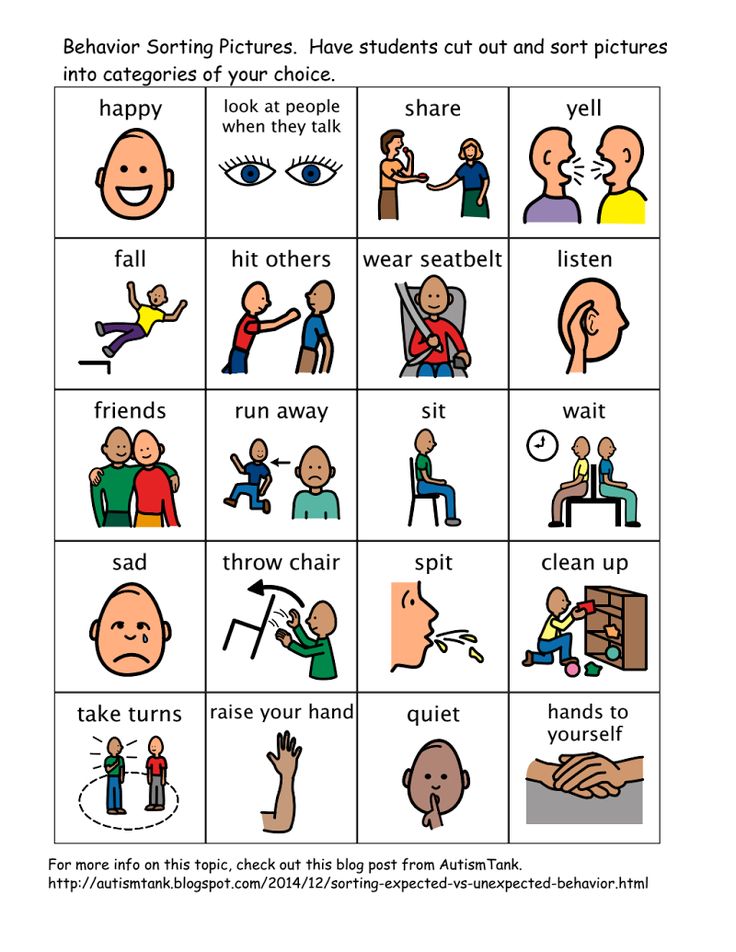 32 841.92] /Contents 293 0 R /group> /Tabs /S /StructParents 129 >> endobj 118 0 obj > /XObject> /ProcSet [/PDF /Text /ImageB /ImageC /ImageI] >> /MediaBox [0 0 595.32 841.92] /Contents 296 0 R /group> /Tabs /S /StructParents 130 >> endobj 119 0 obj > /XObject> /ProcSet [/PDF /Text /ImageB /ImageC /ImageI] >> /MediaBox[0 0 595.32 841.92] /Contents 300 0R /group> /Tabs /S /StructParents 131 >> endobj 120 0 obj > /XObject> /ProcSet [/PDF /Text /ImageB /ImageC /ImageI] >> /MediaBox [0 0 595.32 841.92] /Contents 302 0 R /group> /Tabs /S /StructParents 132 >> endobj 121 0 obj > /XObject> /ProcSet [/PDF /Text /ImageB /ImageC /ImageI] >> /MediaBox [0 0 595.32 841.92] /Contents 304 0 R /group> /Tabs /S /StructParents 133 >> endobj 122 0 obj > endobj 123 0 obj > endobj 124 0 obj > endobj 125 0 obj > endobj 126 0 obj > endobj 127 0 obj > endobj 128 0 obj > endobj 1290 obj > endobj 130 0 obj > endobj 131 0 obj > endobj 132 0 obj > stream x
32 841.92] /Contents 293 0 R /group> /Tabs /S /StructParents 129 >> endobj 118 0 obj > /XObject> /ProcSet [/PDF /Text /ImageB /ImageC /ImageI] >> /MediaBox [0 0 595.32 841.92] /Contents 296 0 R /group> /Tabs /S /StructParents 130 >> endobj 119 0 obj > /XObject> /ProcSet [/PDF /Text /ImageB /ImageC /ImageI] >> /MediaBox[0 0 595.32 841.92] /Contents 300 0R /group> /Tabs /S /StructParents 131 >> endobj 120 0 obj > /XObject> /ProcSet [/PDF /Text /ImageB /ImageC /ImageI] >> /MediaBox [0 0 595.32 841.92] /Contents 302 0 R /group> /Tabs /S /StructParents 132 >> endobj 121 0 obj > /XObject> /ProcSet [/PDF /Text /ImageB /ImageC /ImageI] >> /MediaBox [0 0 595.32 841.92] /Contents 304 0 R /group> /Tabs /S /StructParents 133 >> endobj 122 0 obj > endobj 123 0 obj > endobj 124 0 obj > endobj 125 0 obj > endobj 126 0 obj > endobj 127 0 obj > endobj 128 0 obj > endobj 1290 obj > endobj 130 0 obj > endobj 131 0 obj > endobj 132 0 obj > stream x Criteria and levels of formation of social skills of students, methods of diagnosing them
Author : Evglevskaya Snezhana Vladimirovna
Heading : Pedagogy
nine0009 Posted in young scientist No. 44 (230) November 2018
44 (230) November 2018
Publication date : 11/01/2018 2018-11-01
Article viewed: 4093 times nine0005
Download electronic version
Download Part 3 (pdf)
References:
Evglevskaya, S. V. Criteria and levels of formation of social skills of students, methods of their diagnosis / S. V. Evglevskaya. - Text: direct // Young scientist. - 2018. - No. 44 (230). - S. 268-270. — URL: https://moluch.ru/archive/230/53465/ (date of access: 01/28/2023).
nine0005
The article discusses the criteria and levels of socialization of schoolchildren, the methods of diagnosing are given.
Key words: socialization, social skills, abilities, pupil, student, boarding school, criteria, diagnostics.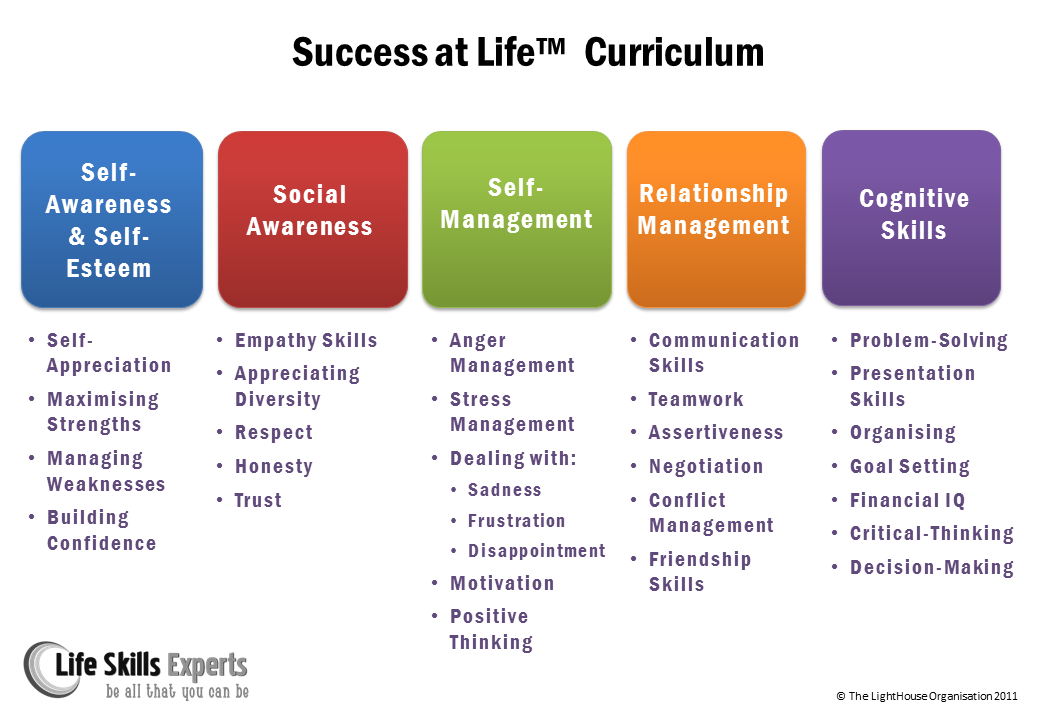
The socialization of the individual is a complex continuous process of human interaction with society. In the process of socialization, a person is formed as a member of the society to which he belongs. nine0005
The development of social skills is considered as one of the components of the content of the process of socialization of the individual. “Social skills are a set of methods and techniques of social interaction that a person masters throughout his life path and uses to live in society, establishes his balance with others” [1, 133].
The following groups of social skills should be distinguished:
‒ communicative — skills of effective communication. These include: use the means of verbal and non-verbal communication, ease of establishing contact, maintaining a conversation, arguing one's own opinion, etc.; nine0005
- perceptual - understand the emotional state of another person, take the position of another, show and accept sympathy, support, etc.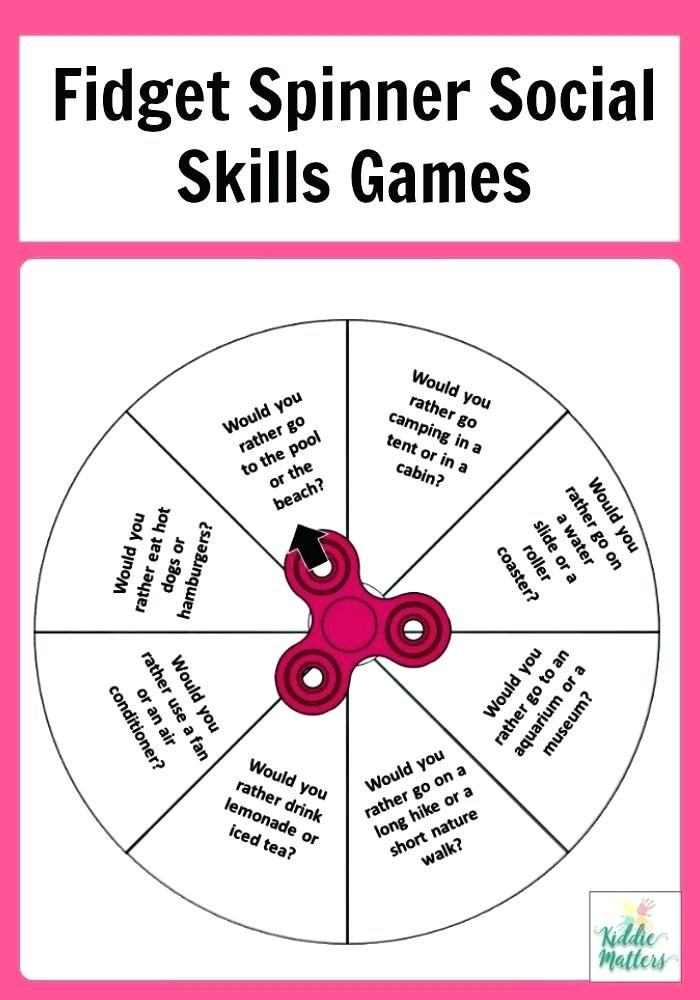 ;
;
- cognitive - "to see problems in joint activities and solve them, apply the acquired knowledge in non-standard situations";
- organizational - to plan collective activities, determine ways and means to achieve the goal, evaluate resources, the ability to resolve conflicts, etc.;
- reflexive - "the skills of self-control, self-regulation, self-organization, self-management, to correlate one's behavior with the behavior of others, to analyze oneself" [2, 25]. nine0005
The analysis of the considered social skills made it possible to identify the components of the adolescent's socialization: activity-behavioral, cognitive, reflective-evaluative component.
The activity-behavioral component shows the formation of students' skills of full communication and interaction with adults and peers, including when performing socially significant activities.
The cognitive component is the student's perception of social information at the level of sensations, knowledge, skills.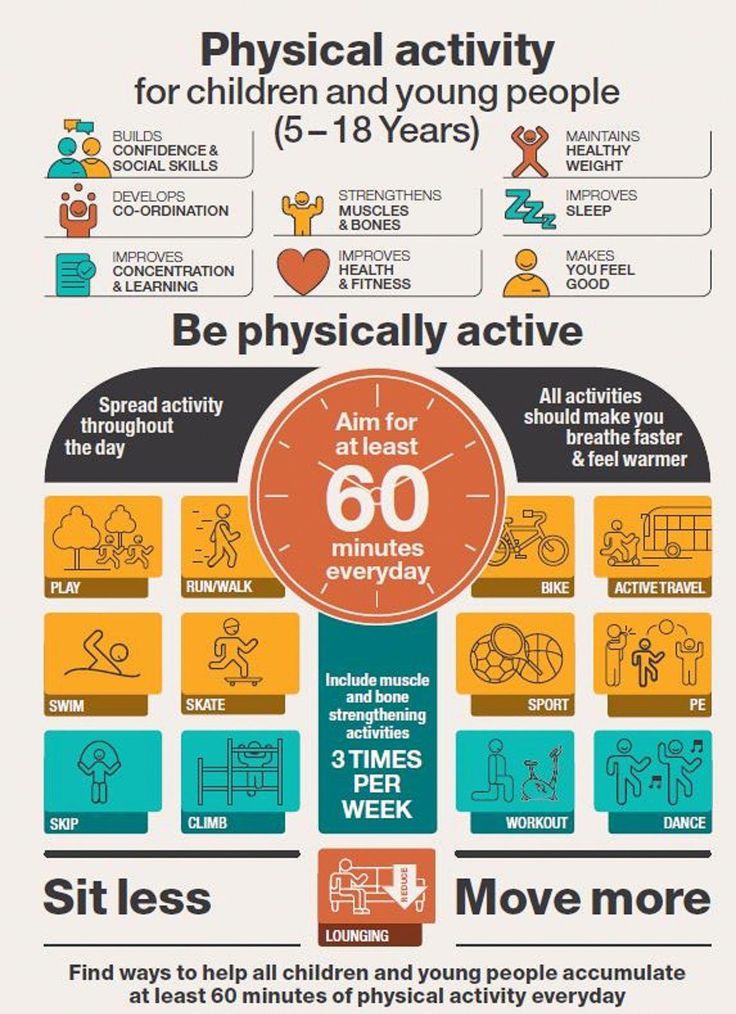 nine0005
nine0005
The reflexive-evaluative component is manifested in the ability, on the basis of values and existing knowledge about oneself and others, the rules of behavior, to explain and evaluate one's behavior, evaluate the act of another person.
Based on the presented components of socialization, it is possible to identify the levels and criteria for the formation of students' social skills, which are presented in Table 1.
Table 1
Levels and criteria for the formation of social skills of students
| Levels | Criteria |
| High level | activity-behavioral |
| - actively participates in public affairs; - the desire to bring practical benefits to others, society; - actively defends his point of view; nine0002 - able to control emotions and feelings; - knows how not to create conflict situations and find a way out in case of disagreement. | |
| cognitive component | |
| - realizes the process of cognition as personally significant; - knows the rules and norms of social behavior, the rules of communication with peers and adults; - Knows how to resolve conflict situations. nine0005 | |
| Reflective-evaluative component | |
| - knows how to adequately evaluate their own actions and the actions of others; - is able to choose a way of behavior based on an assessment of the situation; - the desire for self-expression, self-determination is clearly expressed; - ready to take responsibility for the activities performed. | |
| Middle level nine0095 | activity-behavioral - understands and accepts the importance of social activities, participates in it with pleasure; |
| - able to defend his point of view; - average level of communication skills; - not always able to control emotions and feelings. | |
| cognitive component | |
| – knows the rules and norms of interaction with adults and peers; nine0005 - has an idea of his rights and obligations; - Knows how to resolve conflict situations. | |
| Reflective-evaluative component | |
| - not always able to adequately assess their own actions and the actions of another; - strives for self-expression, self-determination; - not always able to choose a way of behavior based on an assessment of the situation; nine0005 - Takes responsibility for their activities. | |
| Low level | activity-behavioral |
| - unable to control emotions and feelings; - has a low level of communication; - not able to defend their point of view; - low level of awareness of the importance of participation in social activities. | |
| cognitive component | |
| - unwillingness to adhere to the norms and rules of behavior in society; - cognitive abilities are poorly expressed; - there is a partial or complete denial of vital values. | |
| Reflective-evaluative component | |
| - is not able to adequately evaluate his own actions and the actions of another; nine0005 - is not able to choose a way of behavior based on an assessment of the situation; - not ready to take responsibility for their actions and the result of their activities. |
Literature:
- Kodzhaspirova, G. M. Pedagogical dictionary [Text]: for university students / G. M. Kodzhaspirova, A. Yu. Kodzhaspirov. — M.: Academia, 2005. — 175 p.
- Comma, O. F. Formation of social skills of younger students in the educational environment of the school [Text]: author.
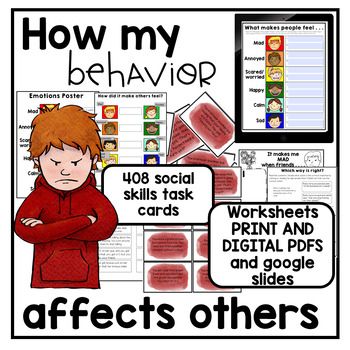 dis.... cand. ped. Sciences: 13.00.01 / O. V. Comma. - Krasnoyarsk, 2011. - 181 p. nine0004
dis.... cand. ped. Sciences: 13.00.01 / O. V. Comma. - Krasnoyarsk, 2011. - 181 p. nine0004
Basic terms (automatically generated) : reflexive-evaluative component, cognitive component, skill, basis for assessing the situation, way of behavior, action, social activity, rule of conduct, social skill of students, way of solving.
Keywords
socialization, skills, diagnostics, criteria student, schoolboy, social skills, boarding schoolsocialization, social skills, skills, student, student, boarding school, criteria, diagnostics
Similar articles
Extracurricular
activities of students as a means of achieving .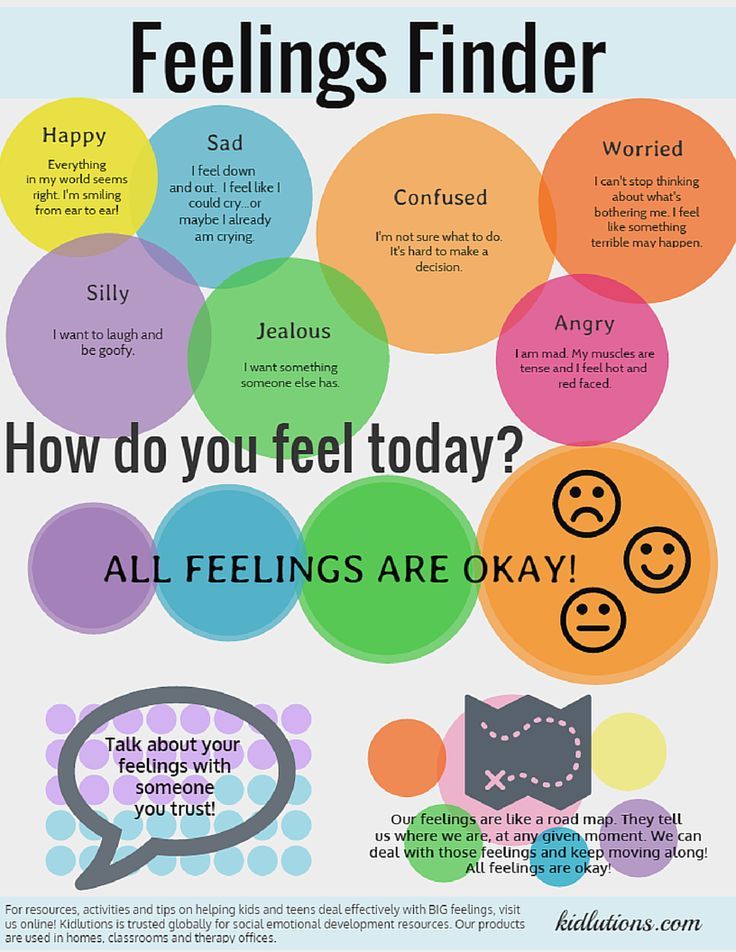

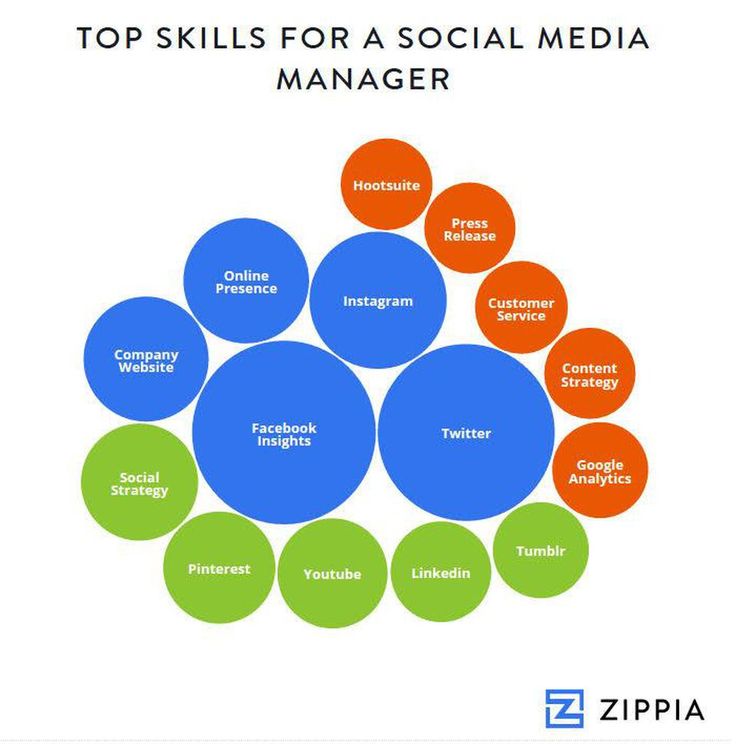
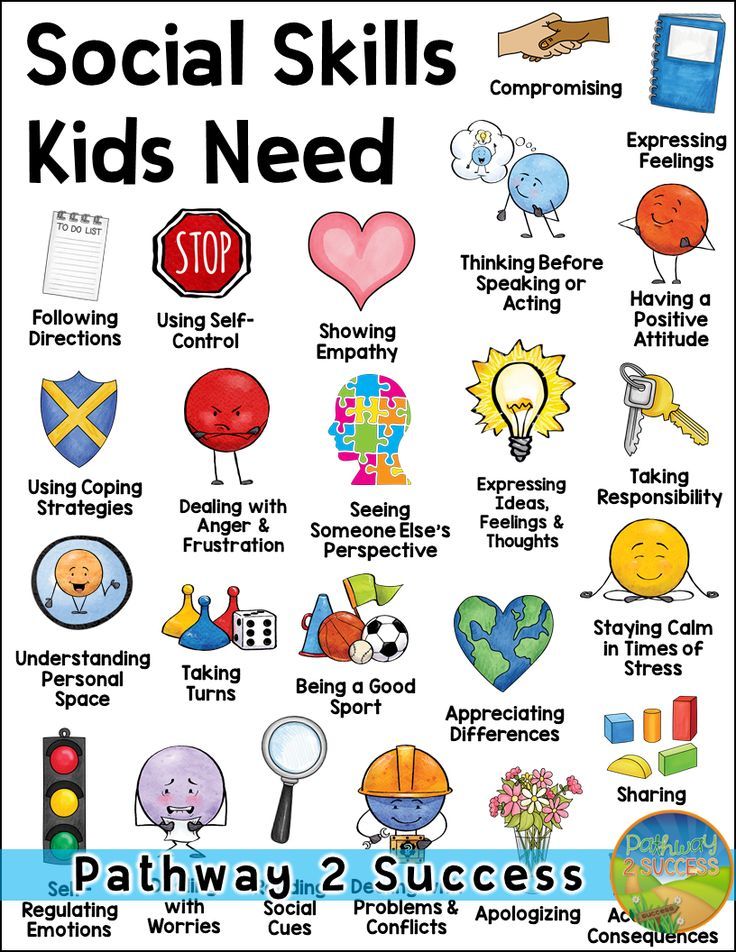
 nine0005
nine0005 

